© ROOT-NATION.com - Use of content is permitted with a backlink.
After getting acquainted with Samsung Galaxy A51, the time has come to get close and personal with the second model of the popular A-series – Samsung Galaxy A71, which replaced Galaxy A70. Let’s figure out what this smartphone is good at, what distinguishing features it has and whether it is worth overpaying for them.

Samsung Galaxy A71 specs
| NETWORK | Technology | GSM / HSPA / LTE |
|---|
| LAUNCH | Announced | 2019, December |
|---|---|---|
| Status | Available. Released 2020, January |
| BODY | Dimensions | 163.6 x 76 x 7.7 mm (6.44 x 2.99 x 0.30 in) |
|---|---|---|
| Weight | 179 g (6.31 oz) | |
| Build | Glass front (Gorilla Glass 3), plastic back, plastic frame | |
| SIM | Single SIM (Nano-SIM) or Dual SIM (Nano-SIM, dual stand-by) |
| DISPLAY | Type | Super AMOLED Plus capacitive touchscreen, 16M colors |
|---|---|---|
| Size | 6.7 inches, 108.4 cm2 (~87.2% screen-to-body ratio) | |
| Resolution | 1080 x 2400 pixels, 20:9 ratio (~393 ppi density) | |
| Protection | Corning Gorilla Glass 3 |
| PLATFORM | OS | Android 10.0; One UI 2 |
|---|---|---|
| Chipset | Qualcomm SDM730 Snapdragon 730 (8 nm) – Global | |
| CPU | Octa-core (2×2.2 GHz Kryo 470 Gold & 6×1.8 GHz Kryo 470 Silver) | |
| GPU | Adreno 618 |
| MEMORY | Card slot | microSDXC (dedicated slot) |
|---|---|---|
| Internal | 128GB 6GB RAM, 128GB 8GB RAM | |
| UFS 2.1 |
| MAIN CAMERA | Quad | 64 MP, f/1.8, 26mm (wide), 1/1.72″, 0.8µm, PDAF 12 MP, f/2.2, 12mm (ultrawide) 5 MP, f/2.4, 25mm (macro), 1/5.0″, 1.12µm 5 MP, f/2.2, (depth) |
|---|---|---|
| Features | LED flash, panorama, HDR | |
| Video | 2160p@30fps, 1080p@30/240fps, 1080p@960fps; gyro-EIS |
| SELFIE CAMERA | Single | 32 MP, f/2.2, 26mm (wide), 1/2.8″, 0.8µm |
|---|---|---|
| Features | HDR | |
| Video | 1080p@30fps |
| SOUND | Loudspeaker | Yes |
|---|---|---|
| 3.5mm jack | Yes |
| COMMS | WLAN | Wi-Fi 802.11 a/b/g/n/ac, dual-band, Wi-Fi Direct, hotspot |
|---|---|---|
| Bluetooth | 5.0, A2DP, LE | |
| GPS | Yes, with A-GPS, GLONASS, GALILEO, BDS | |
| NFC | Yes (market dependent) | |
| Radio | FM radio | |
| USB | 2.0, Type-C 1.0 reversible connector, USB On-The-Go |
| FEATURES | Sensors | Fingerprint (under display, optical), accelerometer, gyro, proximity, compass |
|---|---|---|
| ANT+ |
| BATTERY | Non-removable Li-Po 4500 mAh battery | |
|---|---|---|
| Charging | Fast charging 25W |
What’s in the box
The smartphone came to me without a box, but that will not stop me from telling you what the buyer will receive with Samsung Galaxy A71. There is a 25 W power adapter in the box – the same power that comes in the box with the flagship Galaxy S20 Ultra, along with USB-C output. There is the corresponding USB Type-C/Type-C cable, as well as a wired headset and, of course, accompanying papers.
Design, materials and build quality
Visually, Samsung Galaxy A71 inherited all the tricks that the manufacturer used in the 51st model. Of course, there are a couple of differences – we’ll talk about them later. At first glance, nothing has changed. Thin bezels on the sides and indents are thicker above and below. There are no bends, just a slight rounding of the glass.
Camera embedded in the center of the screen on top still has the same silver border. I like it, it gives the phone a flagship look. However, in the case of A71, there are several nuances.
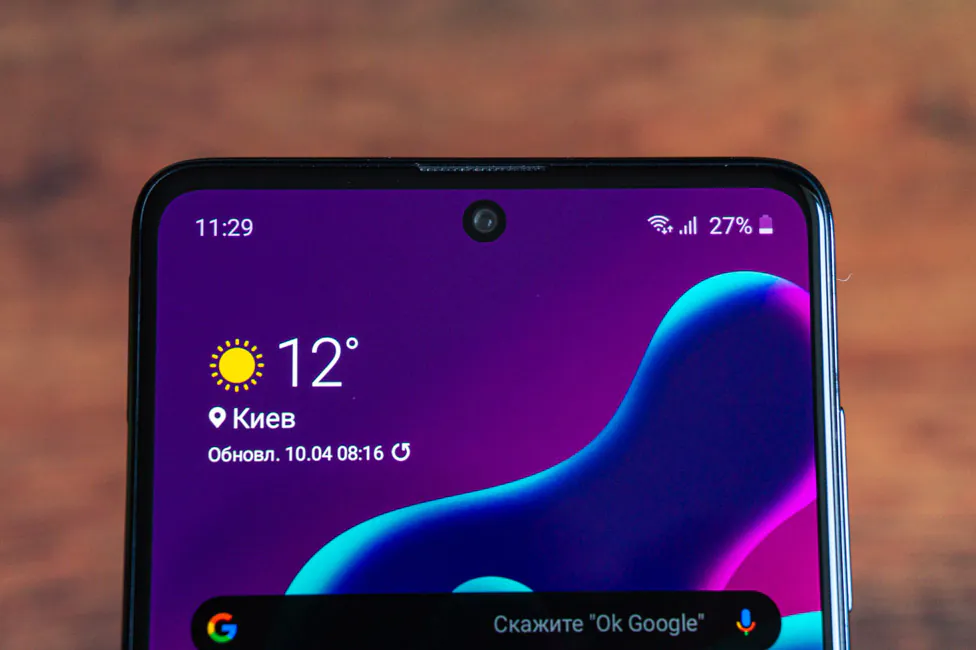
The fact is that in the S20 series and in A51 we just have a camera – small and neat. Here, for some reason, around the eye there is still a black, rather wide border. Not only that, if you look closely, the camera is installed unevenly relative to this area, slightly offset from the center. I don’t know why it didn’t work out the same way as in A51, but the fact is it’s unpleasant, although insignificant.
The back plate is almost the same. In the upper left corner there is a similar block with cameras in the form of a black rectangle with rounded corners. This time I got a more serious color, black, but the iridescent shade has not disappeared. The texture remained, but in the form of exclusively vertical lines, with more diagonal divisions.
The body materials also remained the same – a plastic frame and back. Of course, in a more expensive device, I wanted something more premium, but the manufacturer decided otherwise. Corning Gorilla Glass 3 in front is far from the freshest. There is an oleophobic coating on the front, and no issues with the build quality. Let me remind you that 51 had certain looseness of the build. Protection from dust and moisture did not appear, and in black the smartphone does not mind collecting a lot of fingerprints and stains.
The color palette is almost the same, minus the red model: black, white, and what seems like blue, but looks greenish.
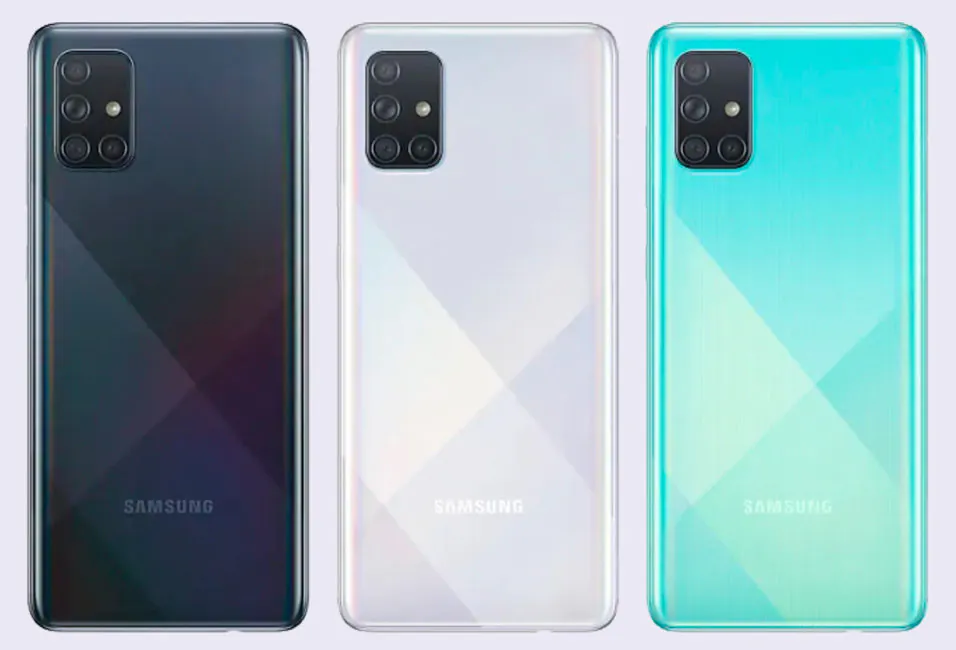
Elements configuration
Above there is a grid behind which the speaker is hidden, just below the front camera. Somewhere near it there are light and proximity sensors. At the bottom, there are no additional elements like an LED for notifications.
On the right are the power and volume buttons. On the left is a wonderful and uncompromising slot for three cards at once: two nanoSIM and a microSD memory card.
At the bottom there is a 3.5 mm port for audio, Type-C in the center, a microphone and slots for a multimedia speaker. Above there’s only an additional microphone and nothing else.
At the back in the upper left corner is a block with four cameras and a flash. It protrudes above the surface more than in A51. At the bottom is the logo of the manufacturer.
Ergonomics
From a smartphone with a display diagonal of 6.7” you should not expect any miracles in terms of ergonomics. But I wouldn’t call the gadget giant. It is clear that it is large: you’ll have to either constantly change the grip or use two hands. Case dimensions: 163.6 × 76 × 7.7 mm, and weight – 179 grams.
So it is not as thick as it could be, and not heavy, relative to its diagonal. There are no special comments on the location of the elements, but it is difficult to adjust the volume with one hand.
Samsung Galaxy A71 Display
Samsung Galaxy A71 uses a 6.7-inch Super AMOLED matrix with the Plus prefix. Its resolution is 2400 × 1080 pixels, or, in other words, Full HD+. The aspect ratio is 20:9 and the pixel density per inch is 393 ppi.
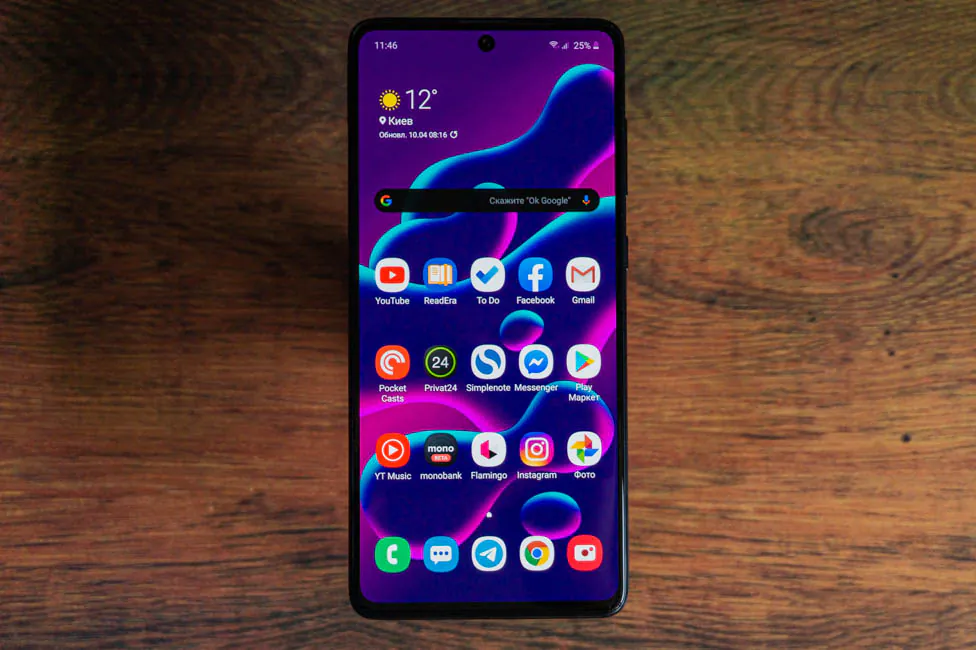
And this display is excellent, in some ways it will even be better than in Samsung Galaxy A51. It is quite bright, contrasty and rich. You can select the appropriate image profile. First profile makes the colors natural, close to the color gamut of sRGB, and the second (saturated) will correspond to the DCI-P3 profile.
The difference between Galaxy A51 and A71 screens lies only in the fact that at a large angle of deviation the white color does not go into multi-colored overflows, which, of course, is good. But this does not mean that white remains white – no, the bluish tint remains.
In general, it’s an excellent screen, which is difficult to find fault with. Well, perhaps the frequency in it has not increased, like in the flagships. Samsung has not yet put this type of panel in the mid-rangers. But neither did other big manufacturers.
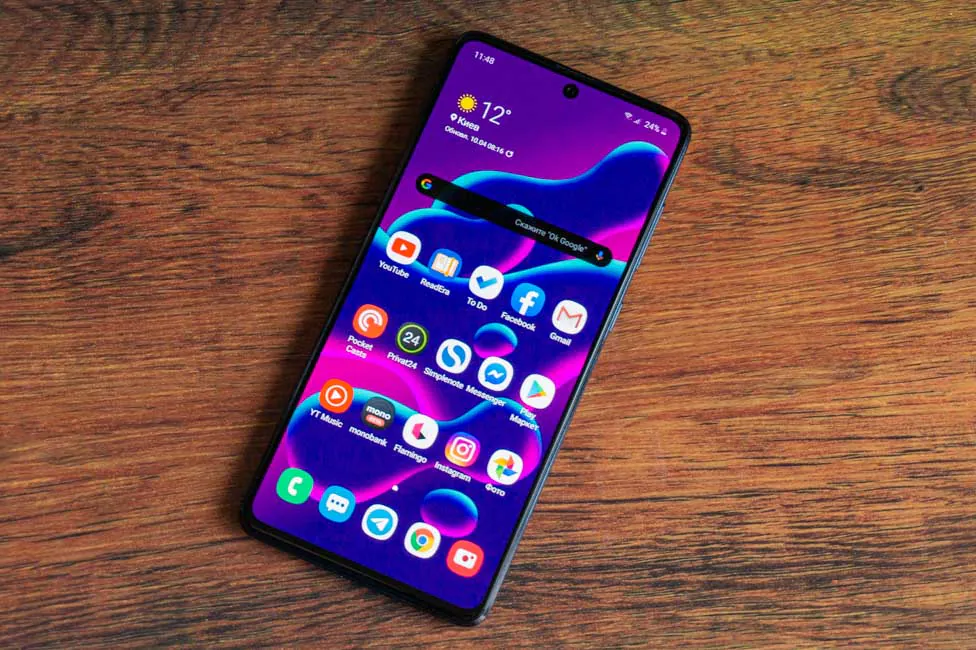
Also, in saturated color mode you can correct the white balance. There is a traditional blue light filter, protection against accidental touches and increased sensor sensitivity. Naturally, there is also Always On Display with all the customization tools we liked.
Samsung Galaxy A71 Performance
The most important difference between A71 and A51 in terms of the hardware platform is the Qualcomm chip. It’s not Samsung’s own (Exynos). This is the mid-level Qualcomm Snapdragon 730. It’s a 8-core chipset; 2 high-performance Kryo 470 Gold cores with a clock frequency of up to 2.2 GHz and 6 Kryo 470 Silver cores with a clock frequency of up to 1.8 GHz. The video accelerator is Adreno 618. Let me remind you that such a bundle was already used in the A-series last year – in Samsung Galaxy A80 smartphone.
The entire device has enough RAM – 6 GB, so there are no problems with multitasking here. You can run many applications, without problems switching between them.
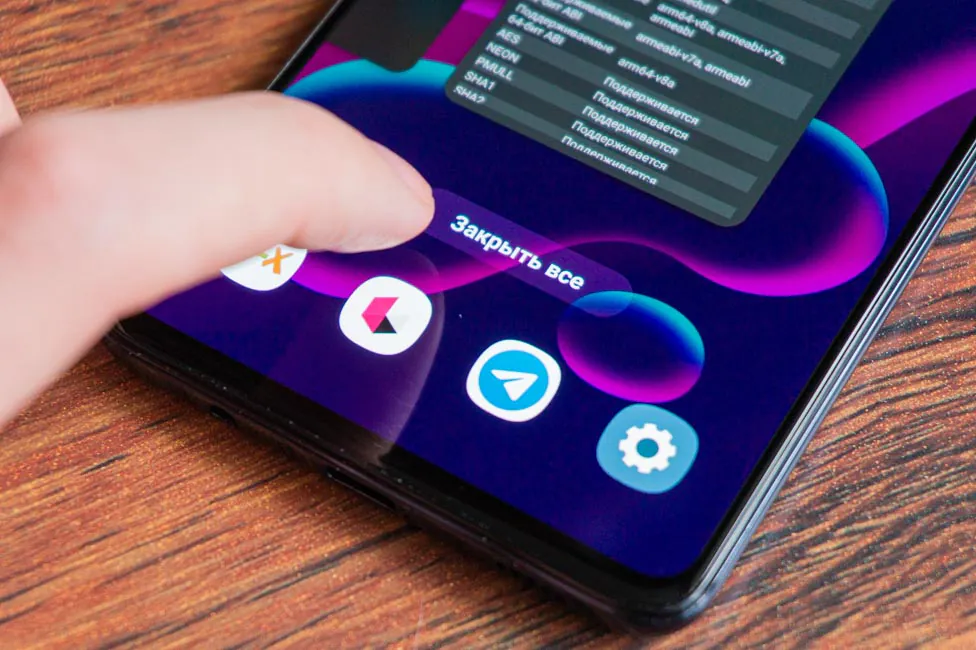
There are 128 GB of storage, of which 109.63 GB are allocated to the user’s needs. The type of memory is UFS 2.1. As for me, this amount is enough, especially when you consider the slot for a microSD memory card up to 512 GB. You can use it regardless of how many SIM-cards you need – it is always a pleasure.
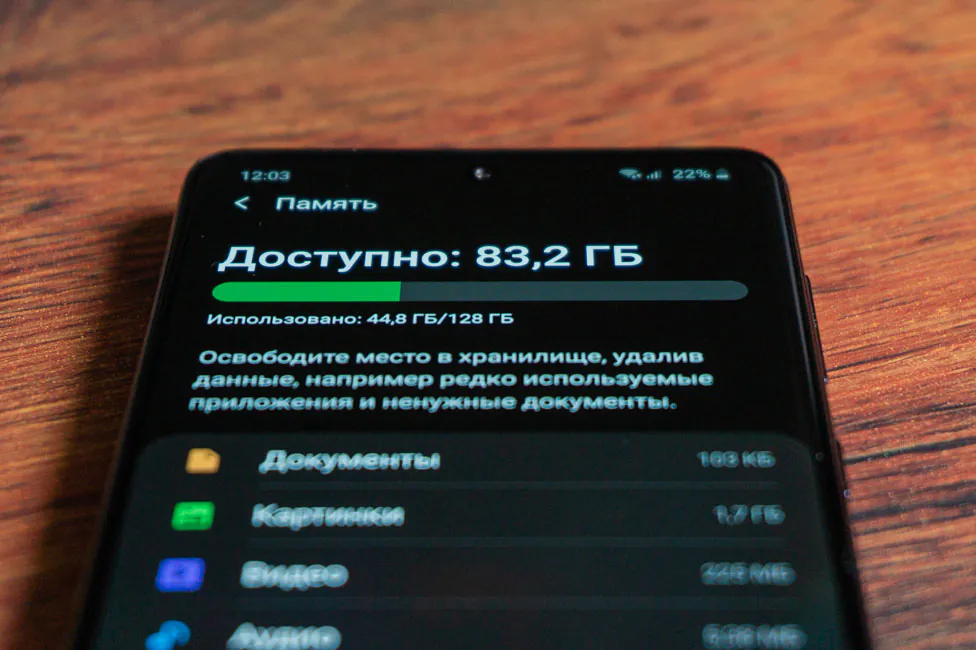
With ordinary everyday tasks like working with some social networks, instant messengers and other applications Samsung Galaxy A71 copes with a bang. The shell is also nimble and smooth, without lags. With games, everything is also quite good, for a mid-ranger. I’ve measured FPS with the help of Gamebench utility. The values of the graphic settings were set to the maximum possible for this device, will all possible effects. The results are as follows:
- PUBG Mobile – high graphics settings with smoothing and shadows, an average of 30 FPS
- Shadowgun Legends – ultra-graphics, an average of 40 FPS
- Call of Duty Mobile – very high, with all the effects, the “Battlefront” mode is ~ 40 FPS; Battle Royale is ~ 33 FPS
So yes, no problem with gaming here. In order to achieve a more comfortable FPS I recommend either lowering the graphics’ settings or turning off some of the effects.
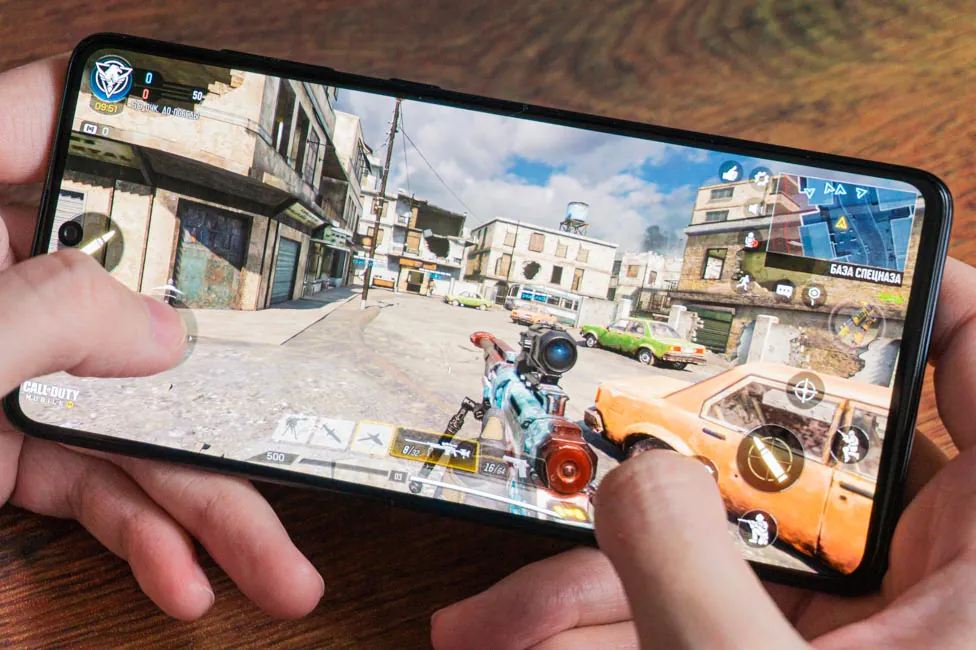
Samsung Galaxy A71 cameras
In fact, the changes in the camera compared to Galaxy A51 are minimal and only the main module in the main unit has changed. The latter still consists of 4 eyes:
- 64 MP, f/1.8, 26mm (wide), 1/1.72″, 0.8µm, PDAF
- 12 MP, f/2.2, 12mm (ultrawide)
- 5 MP, f/2.4, 25mm (macro), 1/5.0″, 1.12µm
- 5 MP, f/2.2, (depth)
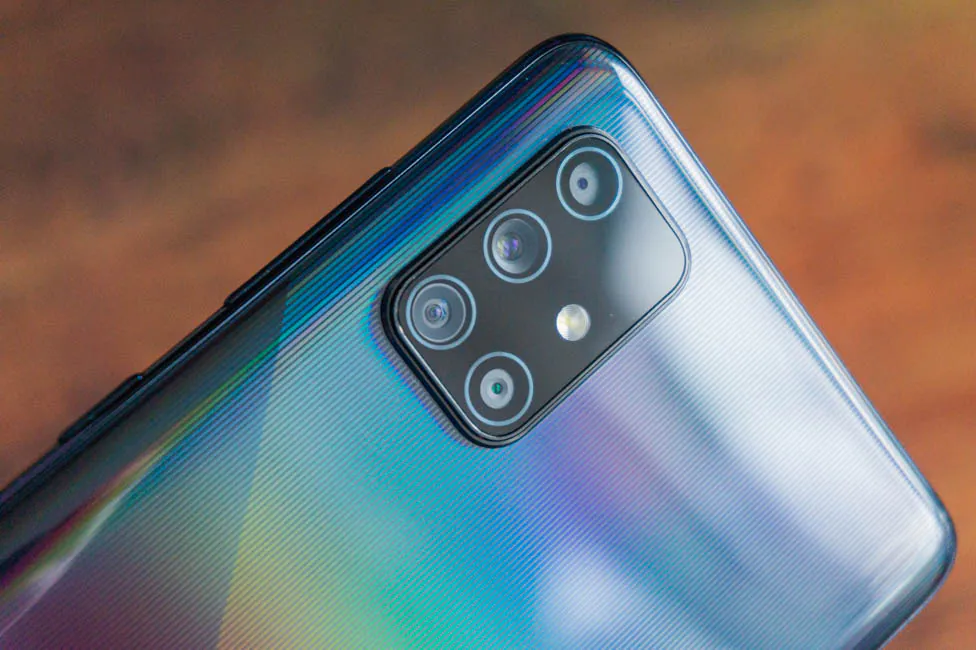
And in practice? There is a difference in image quality, of course. Another question – can it be called striking? Without careful comparison it will be very difficult to detect. Because both 51 and 71 have the main camera with a standard resolution (12 and 16 megapixels, respectively), which shoots just fine. Color reproduction, detail – in daytime they are good. In difficult conditions, the quality is expected to decrease and noise appears. In general, a normal camera, but obviously not the best for this price.
EXAMPLES OF PHOTOS IN FULL RESOLUTION
A few words about the resolution. By default, 16-megapixel mode is used, but you can switch to 64 megapixels. There is a difference between them, and the detail in the latter is simply excellent. The advantage is very pronounced. But there is a problem – there are a lot of noise, and with excellent lighting. At 16 megapixels, under the same conditions, we can say that there’s no noise at all, but the overall sharpness is lacking. A double-edged sword, but in principle it makes no sense to bet on high resolution. At least with ordinary everyday photographing, 64 MP aren’t worth it. Interestingly, the following was noticed in the night mode – there is a small crop and the pictures are saved not even in 16, but in 12 megapixels.
With the ultra-wide module, everything is simple – it is the same, with the same color reproduction issues. It shoots well during the day, weaker in the evening, at night even worse. Autofocus did not appear, and judging by the fact that it is not even in the flagships, it was not worth even hoping for it.
EXAMPLES OF PHOTOS IN FULL RESOLUTION
Well, macro… again, I can’t say anything new. Weak detail, blurry pics, you need a lot of light. It rarely happens when you can get something decent out of it. But in my personal opinion – such a module is not needed at all. After all, its role could be played by an ultra-width with autofocus – there are excellent examples with this approach: Xiaomi Mi 10 Pro and OPPO Find X2, for example. And the quality of the photos will be better.
EXAMPLES OF PHOTOS IN FULL RESOLUTION
In terms of video, there are no changes at all: you can shoot in UHD resolution (3840 × 2160) at 30 frames per second, it works with both lenses (wide and ultra wide). There is no optical stabilization, which is not surprising, and digital can only work with Full HD (and only 30 FPS). Of course, you can turn on “super stabilization”, but you need to understand what it means. The first is a picture from an ultra-wide, which means that it is not of the highest quality anyway, and the second – this picture will also be with an additional crop. It’s not worth the effort. If you don’t care about the lack of stabilization, then the recording quality is decent.
The selfie camera is the same as in Galaxy A71. Not bad in general, if there is light, and you can make video in 4K resolution. There are all sorts of decorations, filters, effects and a background blur mode.
The camera application is familiar, with several photo or video shooting modes, and built-in recommendations for shooting (enable optimization, wipe the lens, etc.).
Unlocking methods
In Samsung Galaxy A71, a fingerprint scanner is located, of course, under the display. According to subjective feelings, it is the same as in A51. It is very demanding of the accuracy of placing a finger on a selected area of the optical sensor. In terms of response speed it’s nothing special. You have to hold the finger on the scanner longer than in expensive models, but still this is not an excuse, because the smartphone is not very cheap.

Plus, the animation after scanning is somehow slow. This somewhat enhances the unpleasant sensation of interaction with the sensor, which is already not very fast. In general, it’s usable, you can get used to it, but we saw better examples, even in more accessible devices.
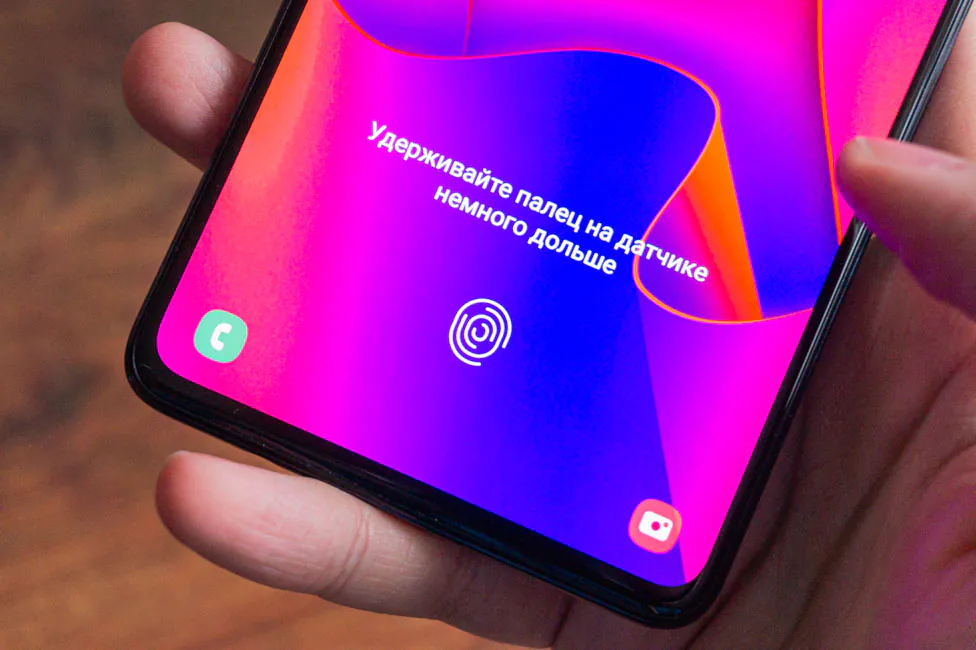
If we are talking about the second method of unlocking by face recognition, then here we have a strange situation. Subjectively, it works a little worse than A51 mentioned more than once. It does not always recognize the owner the first time, sometimes it just scans the face for a long time. And this applies to excellent lighting conditions with accelerated recognition enabled. At the same time, it can work quite quickly. It’s very unstable. But there are suspicions that these are exclusive features of the test model I have on my hands.
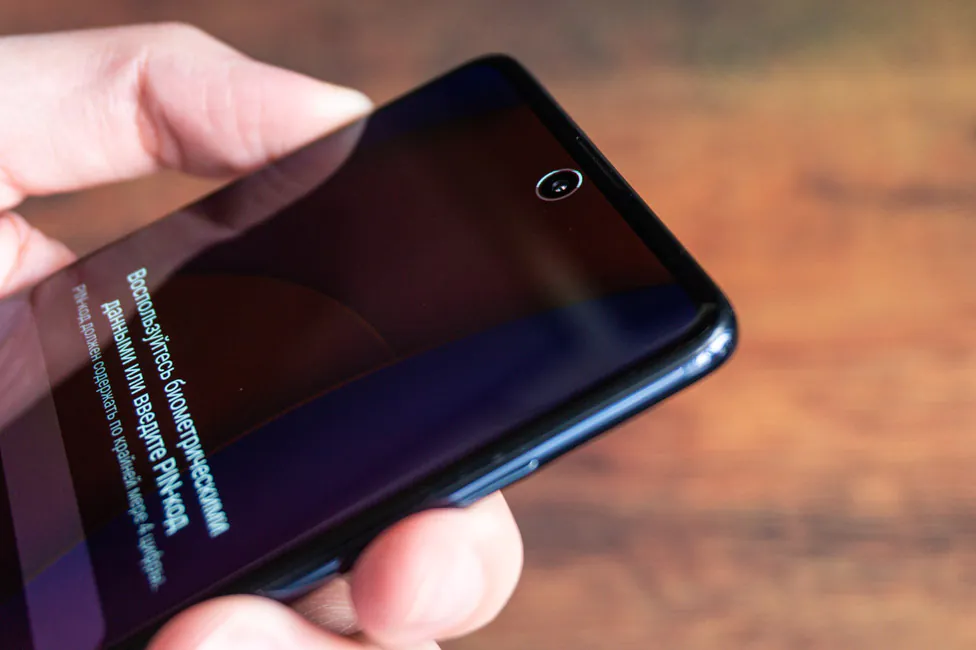
When there’s little to no light it works poorly. It is possible to illuminate the face with a screen, but this does not fundamentally change the situation.

Samsung Galaxy A71 battery life
The battery in Galaxy A71 is capacious, 4,500 mAh, which is very good. But you can’t say that the autonomy of the smartphone is outstanding. It is just okay – the device confidently lasts for a whole day of work with about 6 hours of active screen. At least if you do not play games. This is AOD turned on by the way, from 8:00 to 20:00. In PCMark 2.0 test, 7 hours and 23 minutes is the final result with maximum brightest setting.
Although, of course, my expectations were slightly higher. Samsung Galaxy A51 lasts longer, but its screen is not so big, however, the battery is smaller – 4000 mAh. On the other hand, a relatively fast charge should level this moment a bit. Judging by the information that I found, in half an hour the smartphone be charged up to 51%. Wireless charging is, of course, not supported.
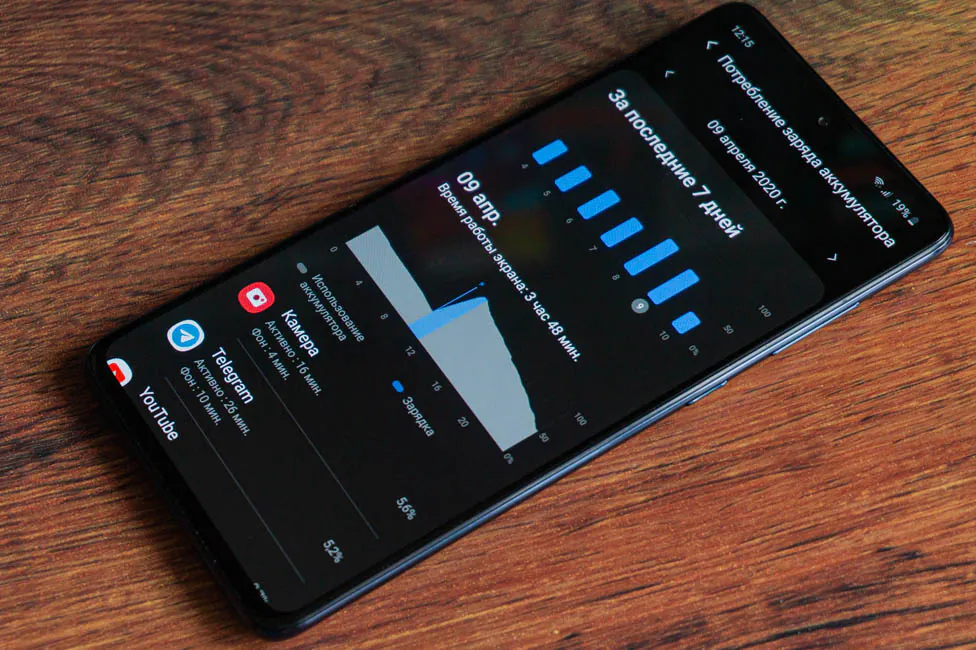
Sound and communication
The earpiece speaker of the smartphone is definitely good, it performs its tasks with no problems. But unfortunately, it does not help with multimedia playback. The sound quality is decent, the volume margin doesn’t shock, at the maximum level there are some frequency dips. Rather suitable for viewing video without headphones, but it’s unlikely that you can enjoy music that way.
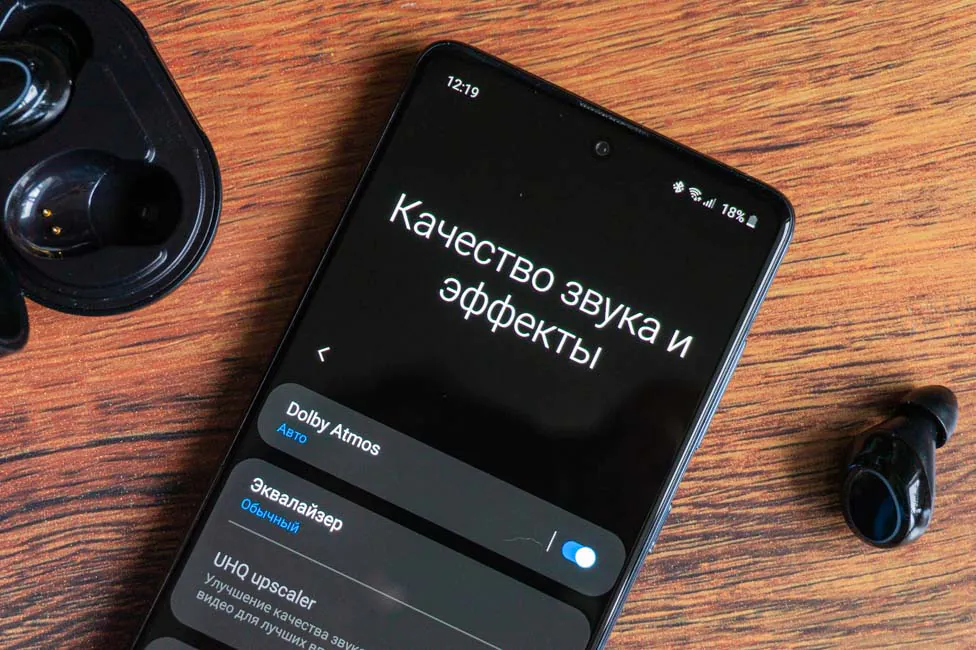
The sound in the headphones is good, there is plenty of volume, the quality is not bad for this class. In particular, the equalizer and effects work with wireless headphones. And the key word is work. You can really get great sound without even playing with the equalizer, but simply by switching Dolby Atmos modes. The moment is individual, of course, but such a method was enough for me to get a completely satisfying sound.
A set of wireless modules is presented in the best possible way. Of course, there is no support for mobile networks of the 5th generation and Wi-Fi of the 6th, but the prevalence of those at the moment is minimal.
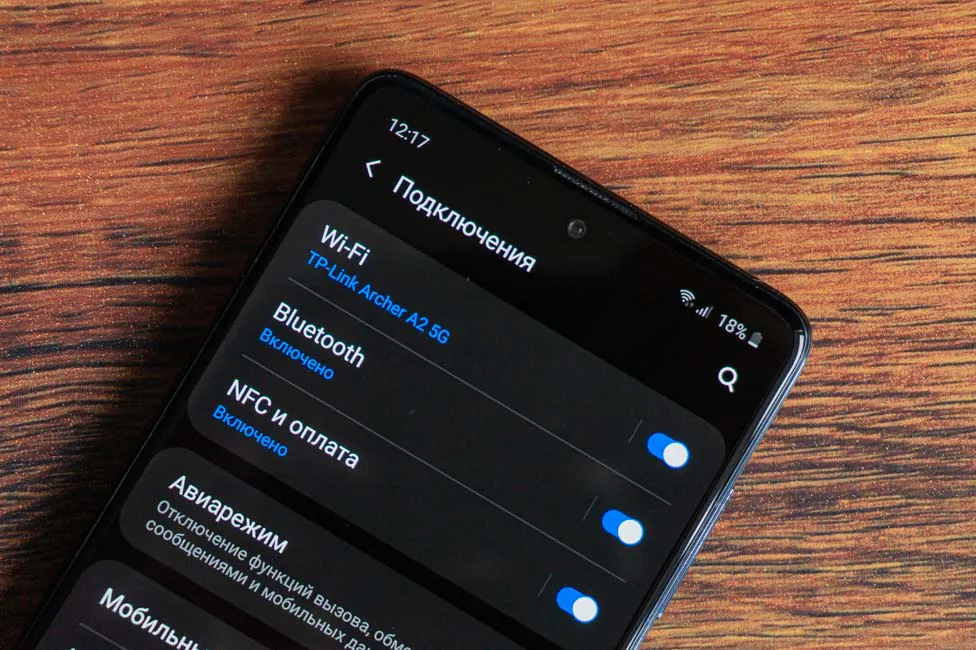
However, at the moment the smartphone has everything that an ordinary user may need. These are: Wi-Fi 5 with dual band support, Bluetooth 5.0 (A2DP, LE), GPS (A-GPS, GLONASS, GALILEO, BDS) and the NFC module. They work correctly, I did not notice any problems.
Firmware and software
Samsung Galaxy A71 firmware is based on the latest version of Android 10 OS, on top of which we have Samsung’s proprietary shell, One UI 2.0. In more detail about the main changes in this version I talked about in a review of Samsung Galaxy A51.
There are many settings for both appearance and design, and a whole scattering of different features. Gestures, reassignment of buttons, various ways of activating a smartphone, one-handed operation, cloning applications are just a small part of what it does.
Verdict
Samsung Galaxy A71 is not much different from Galaxy A51, and sometimes it seems even worse. If you do not take into account the size of smartphones, of course. Those who need larger dimensions can choose Galaxy A71. If the size is not important, then you need to think. There are only two key points, with a more or less tangible difference: the hardware performance and the main camera.
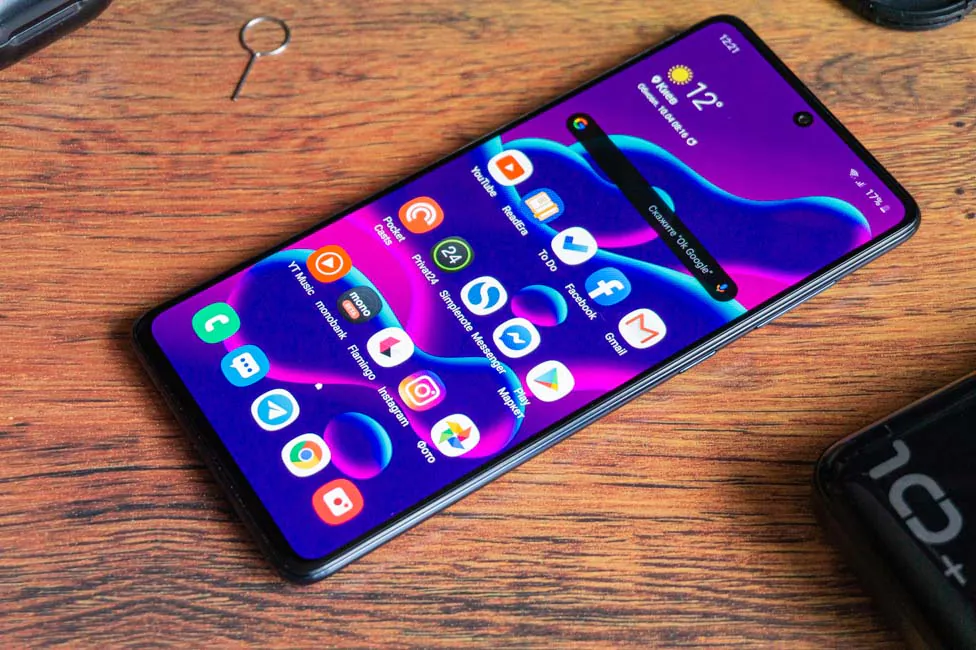
In power, Samsung Galaxy A71 is definitely better. Its platform is more productive, and it will allow you to install some kind of GCam. Photo is another point. But if you use the stock camera application, then I, for example, can not say that A71 shoots much better. In general, if you play games or like taking pictures, Samsung Galaxy A71 is for you. If you have a goal to save money and do not play on your smartphone, then buy Samsung Galaxy A51.
In isolation from the “younger brother”, 71, of course, does not look like an ideal smartphone. Just a solid mid-ranger with a nice large display and decent hardware, okay cameras and software. But with a mediocre fingerprint scanner, simple materials and unremarkable battery life.
Subscribe to our accounts:


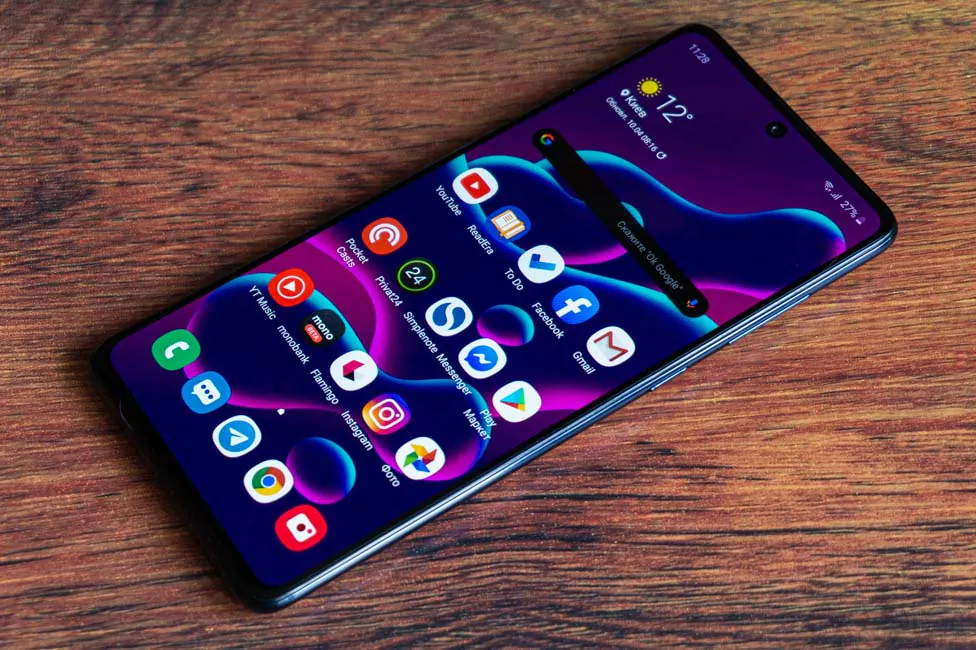
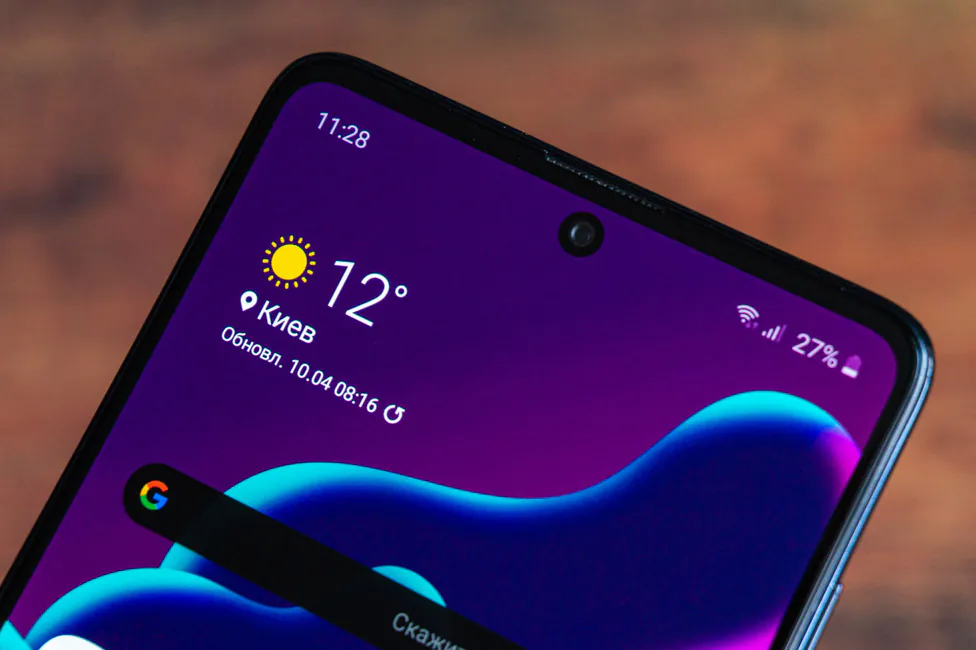
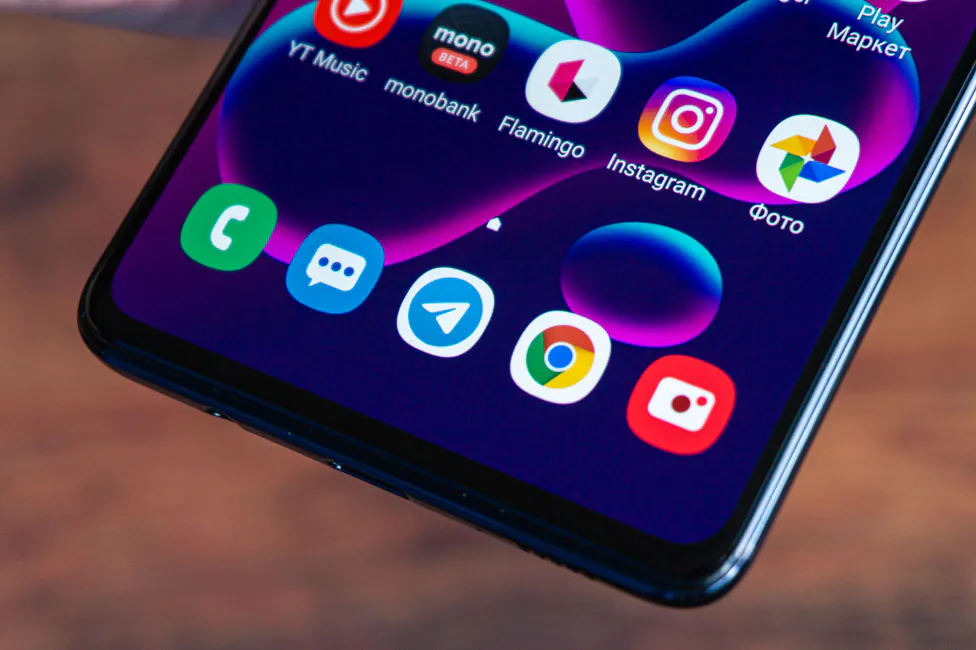
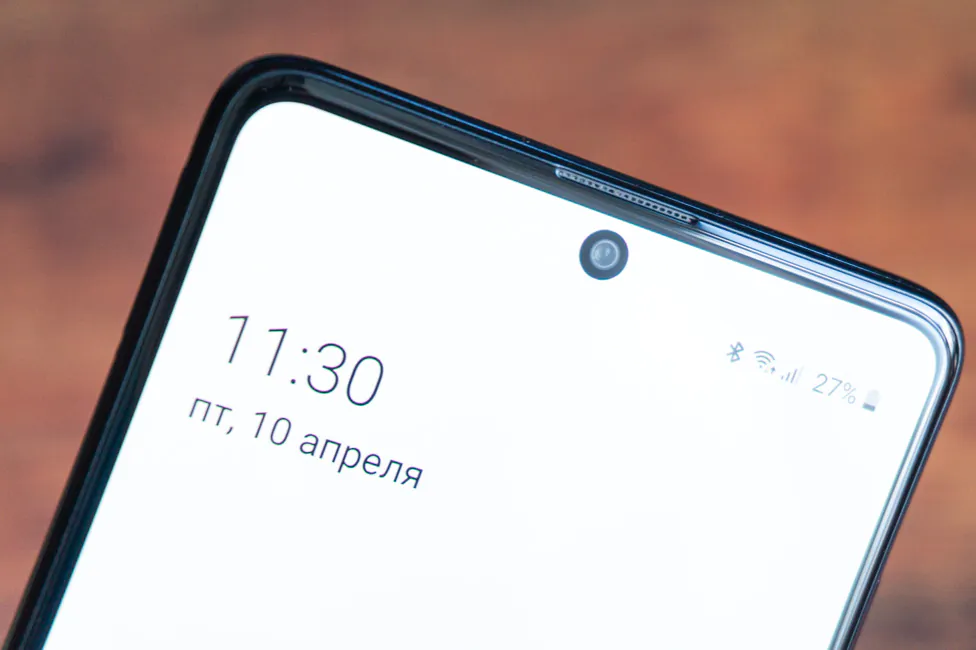
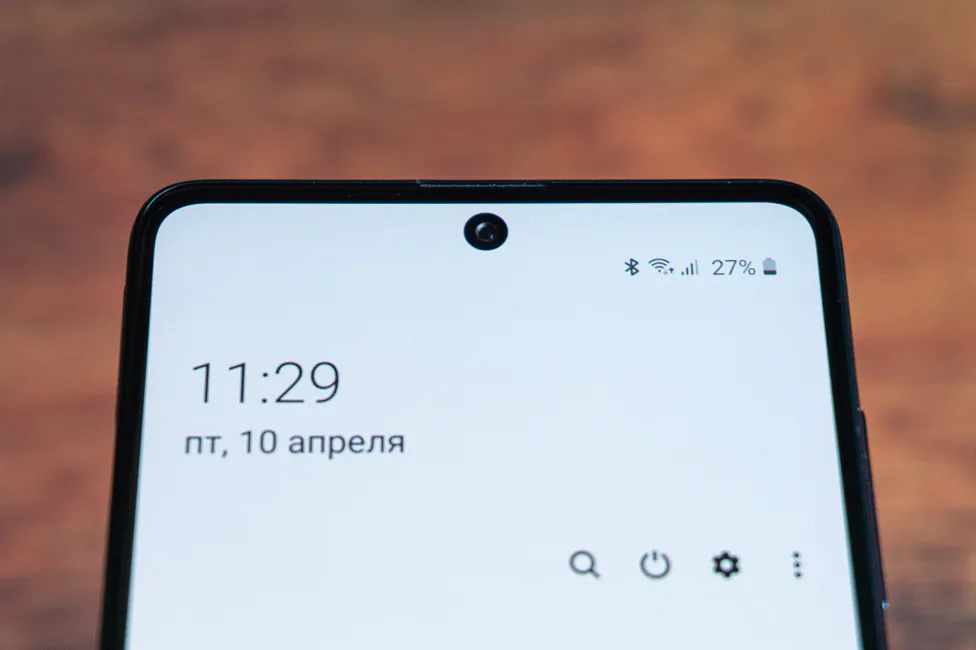
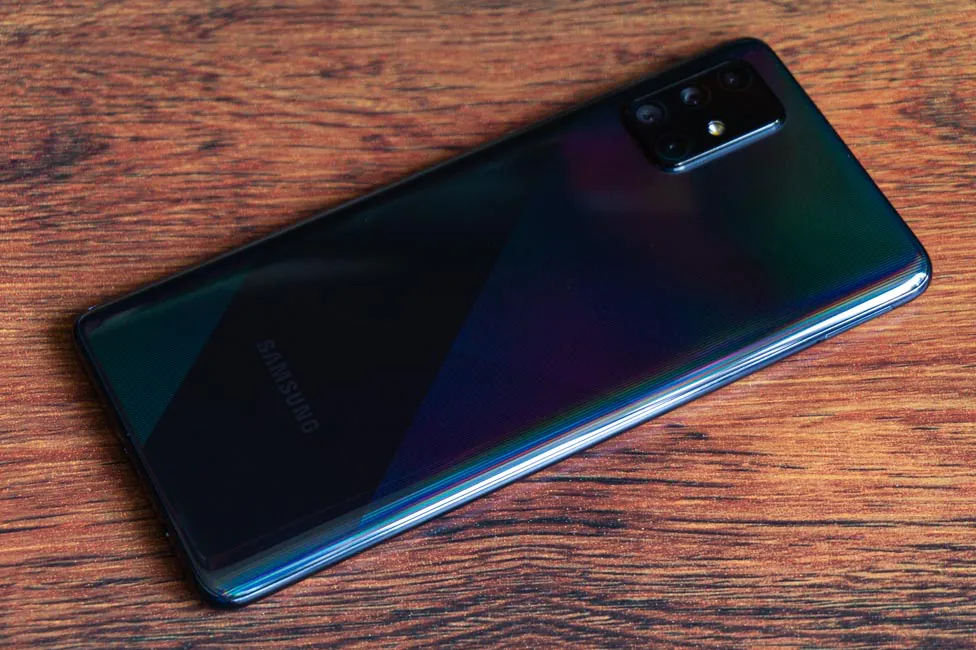
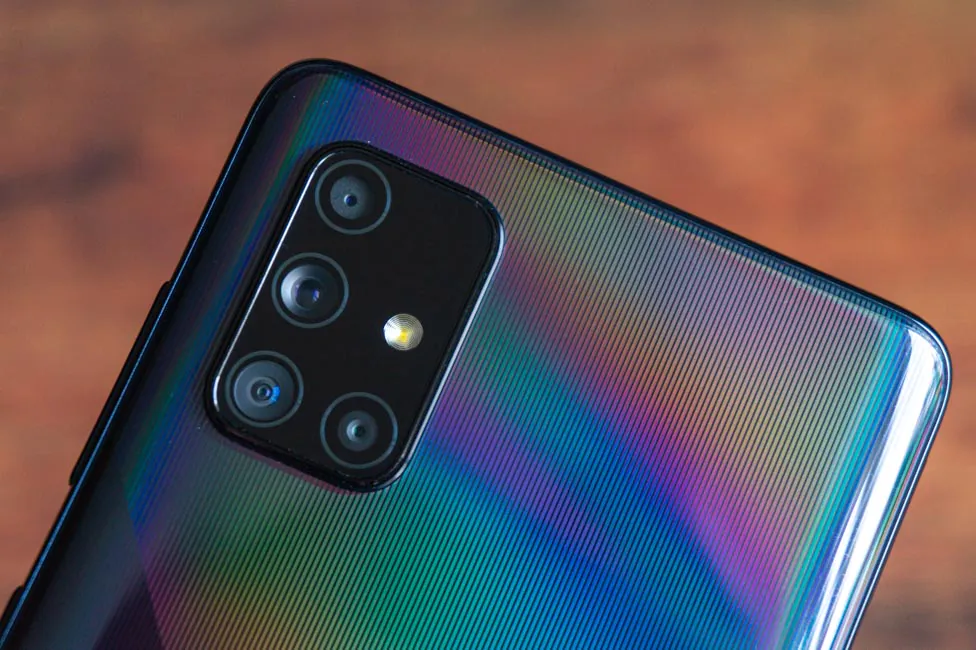
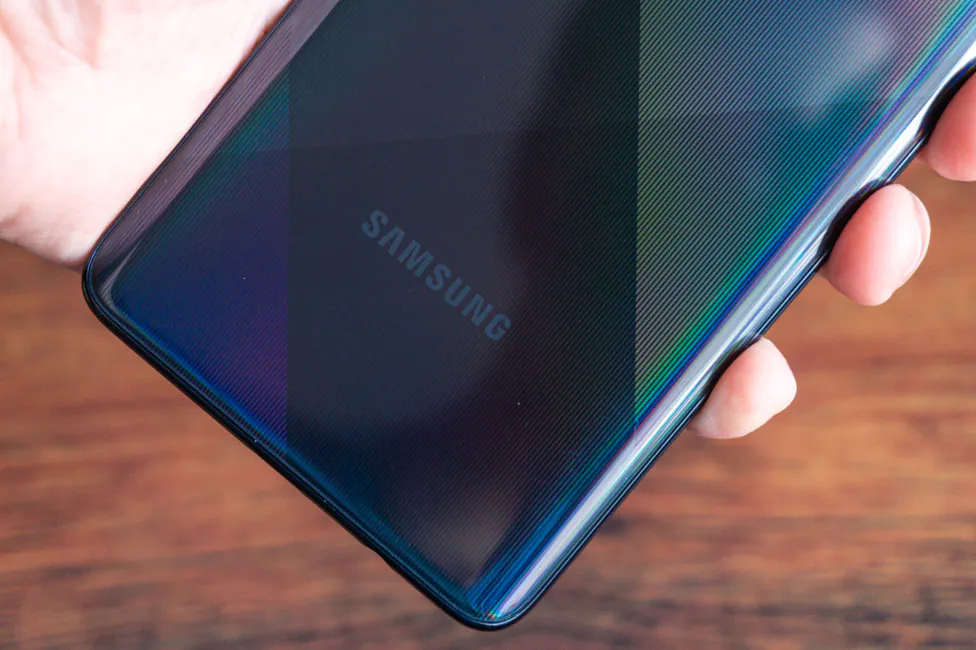
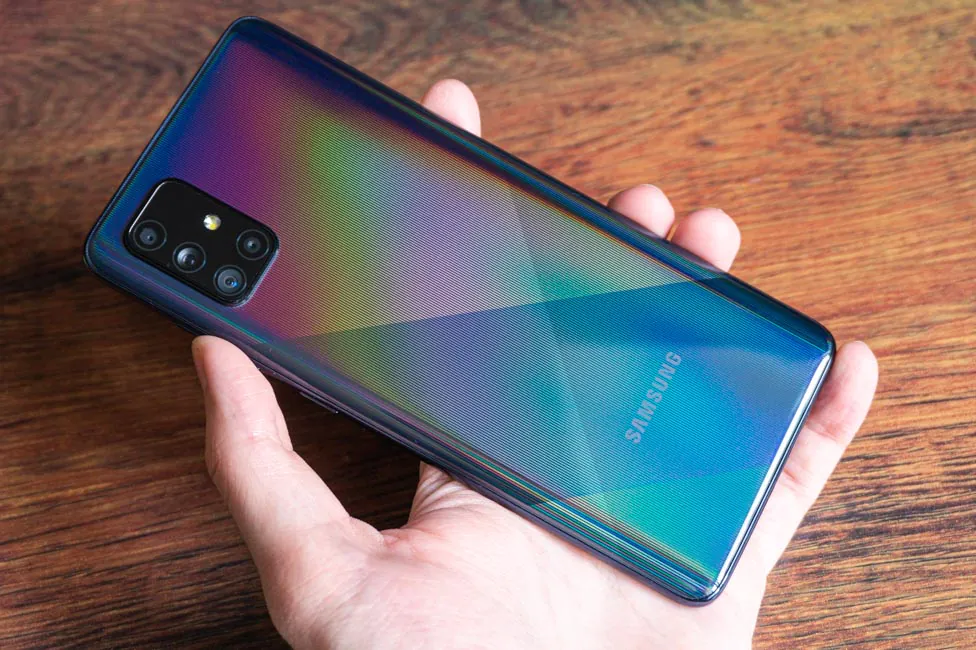
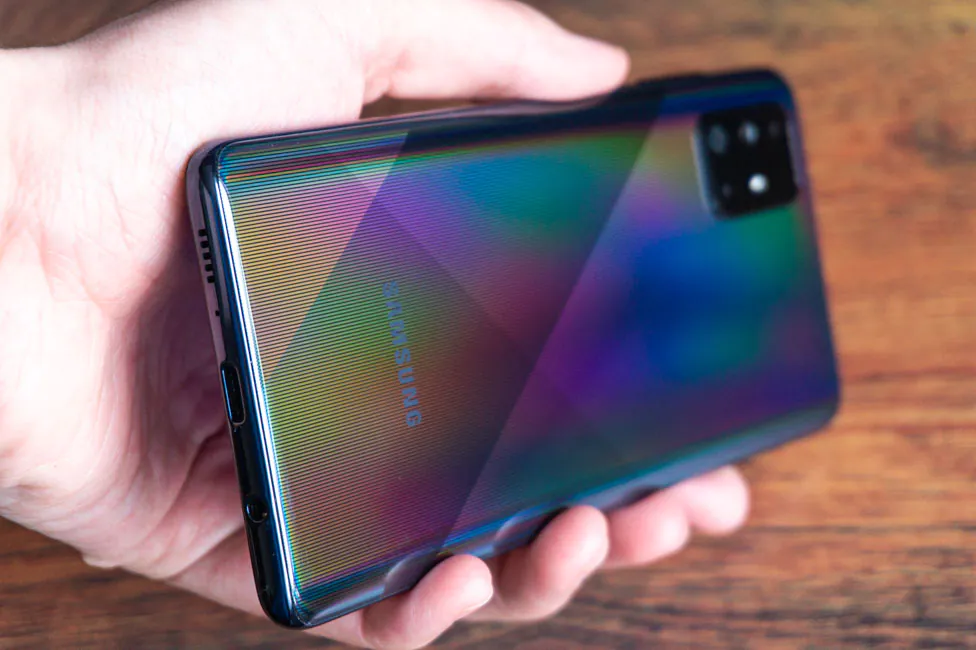
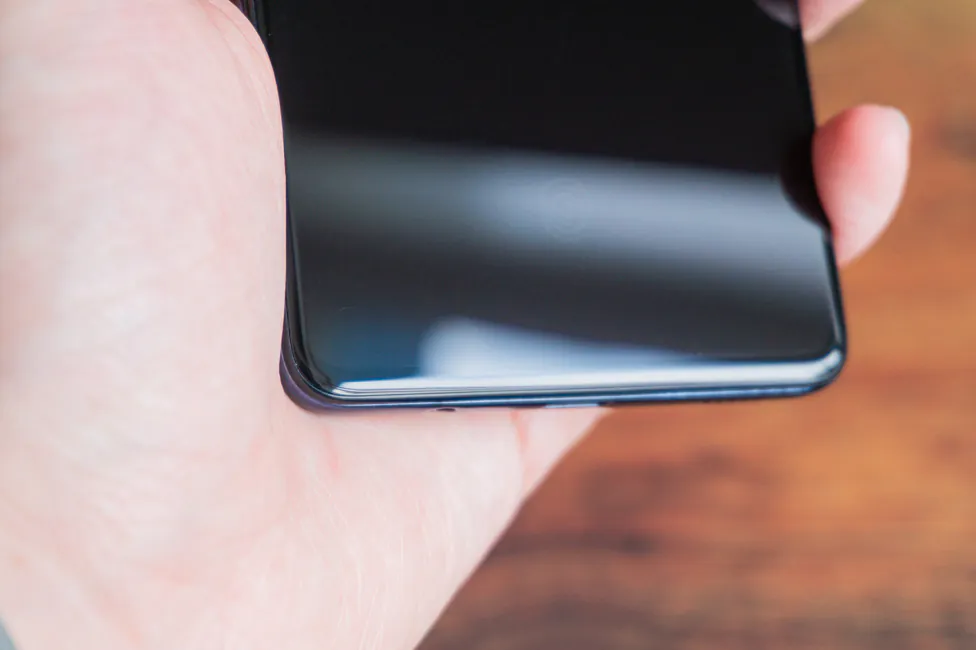

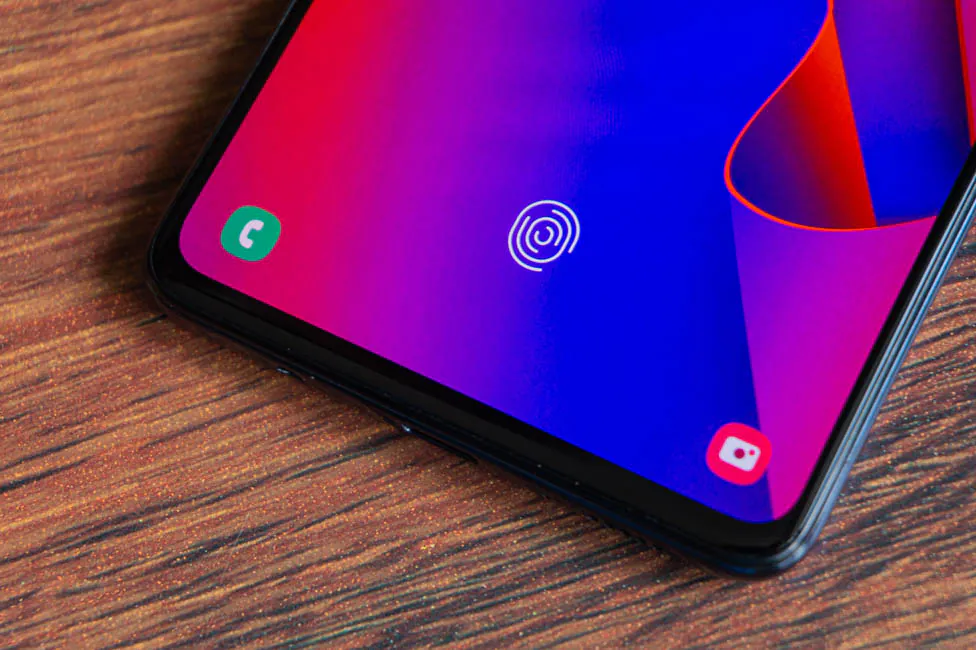
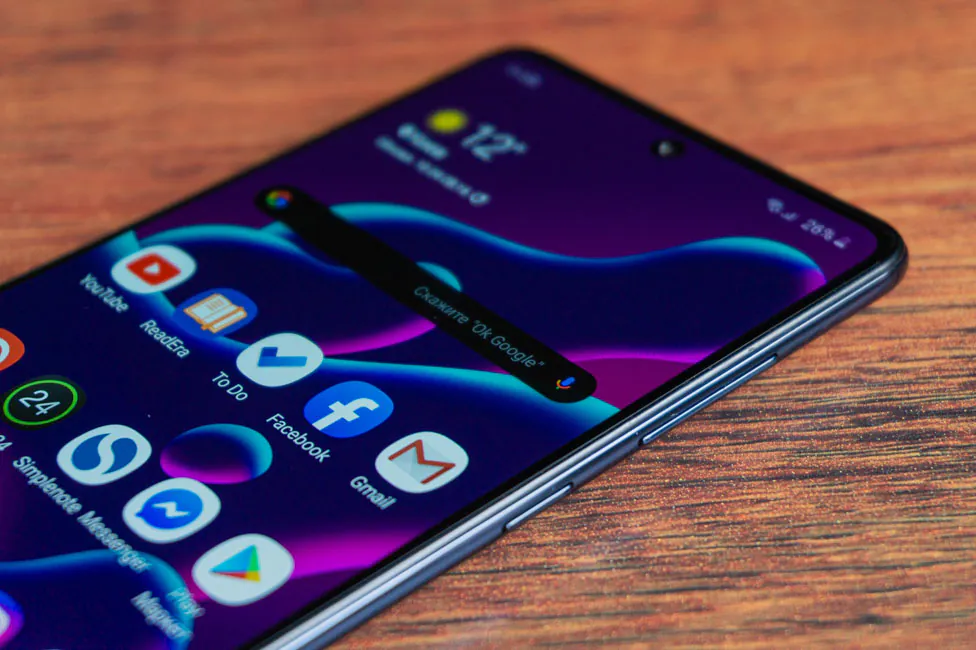
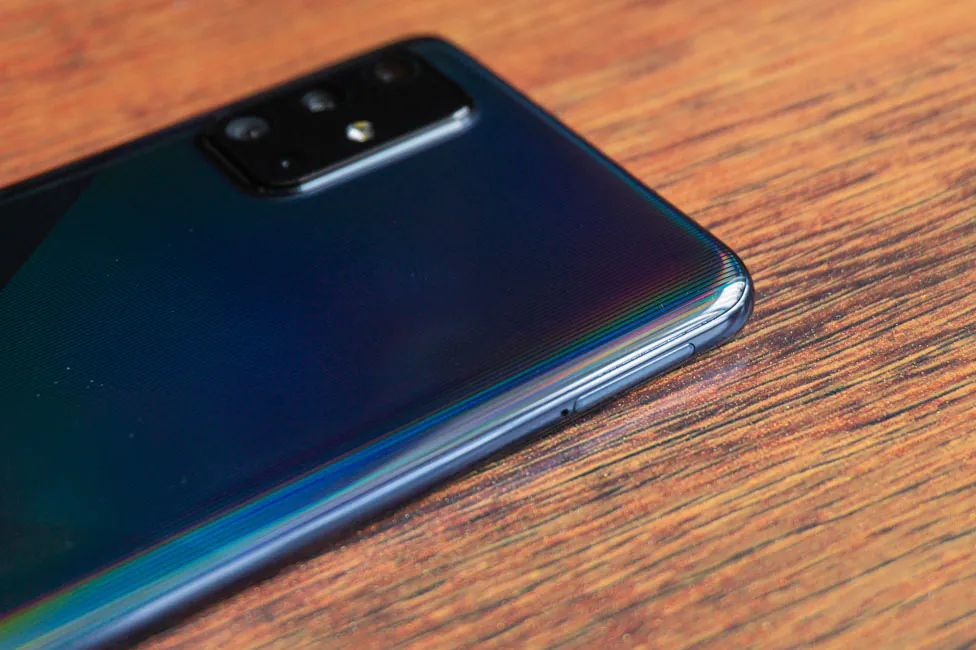
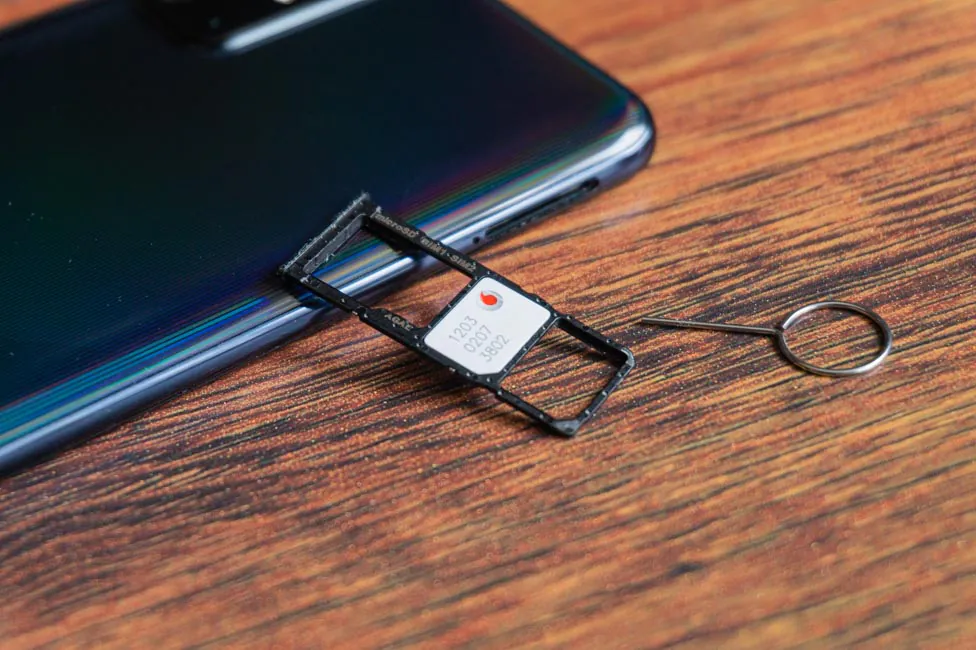
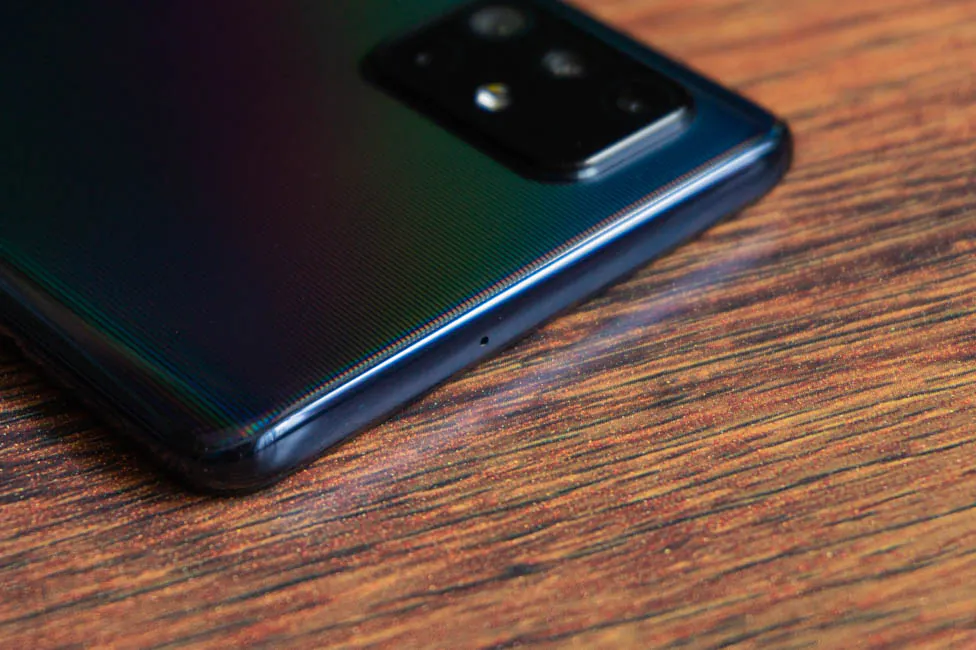
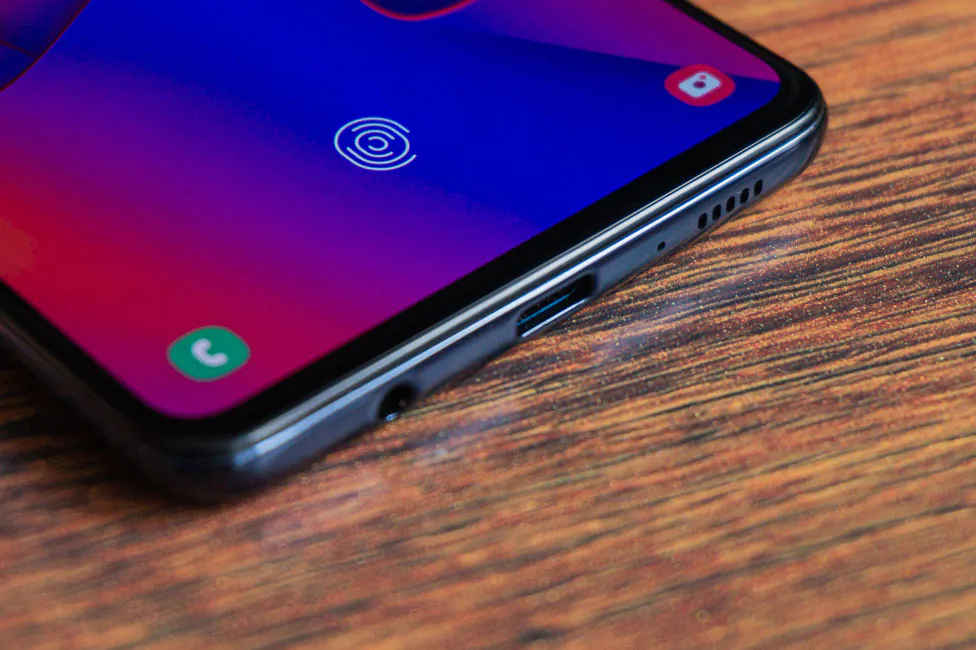

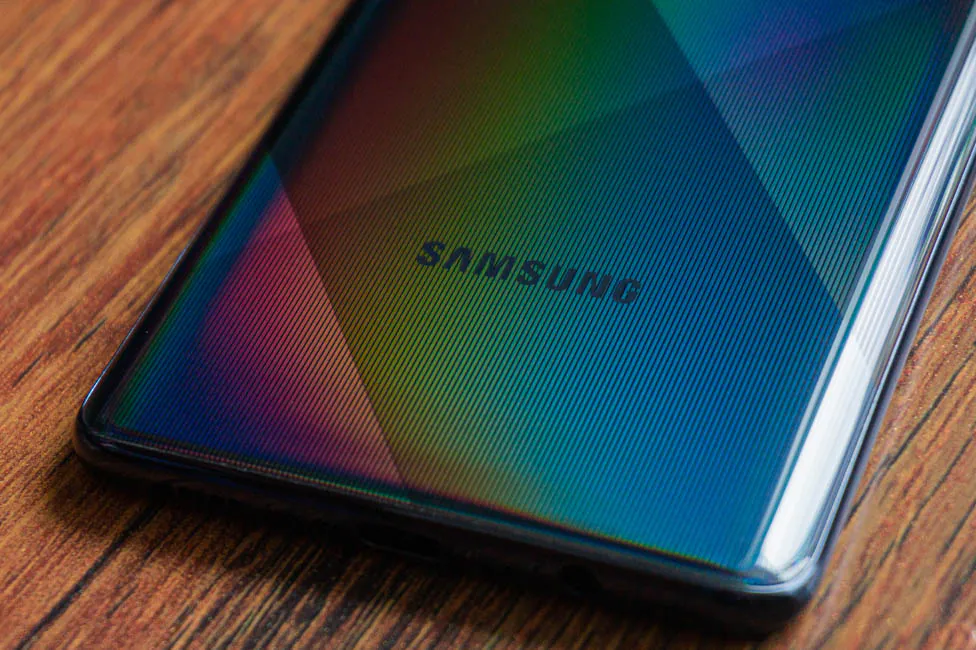
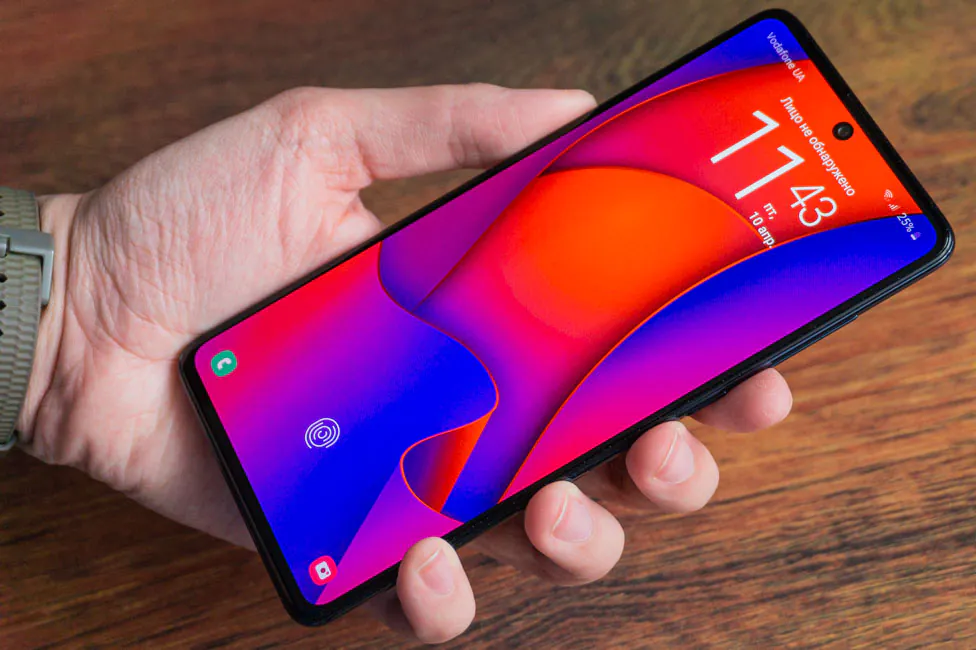
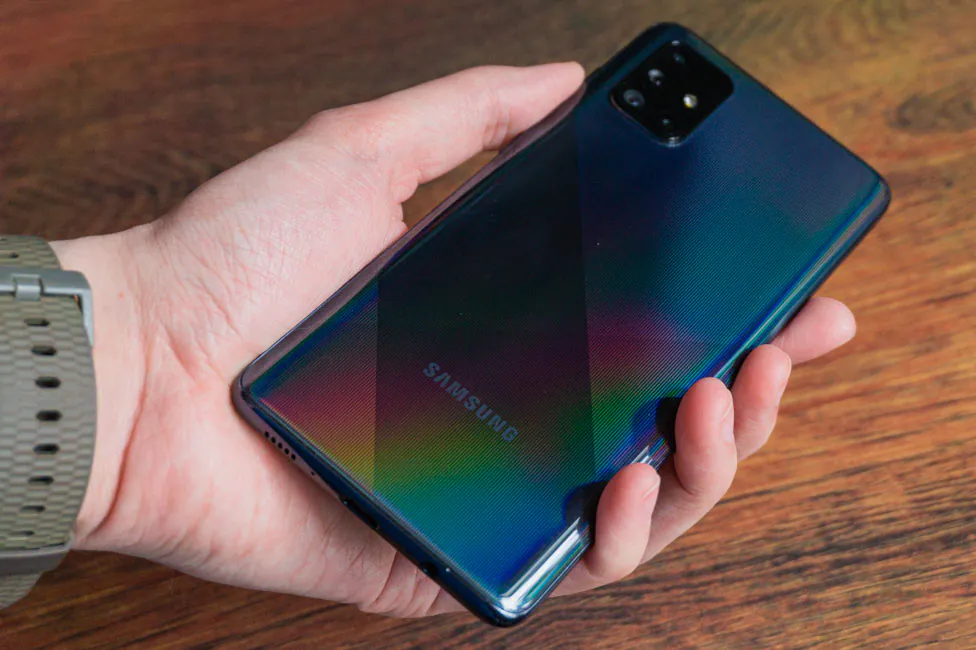
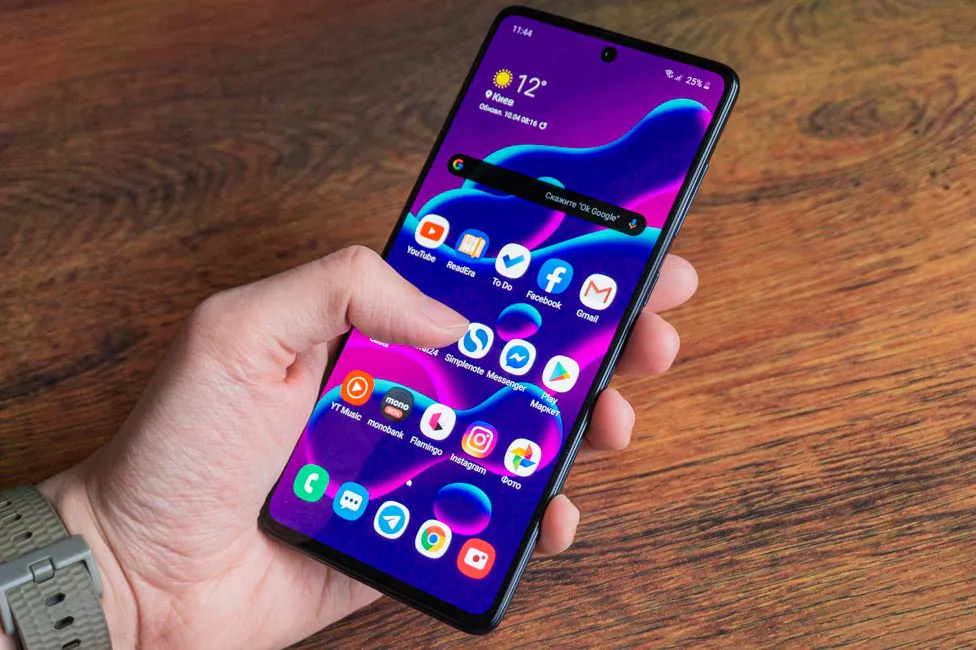
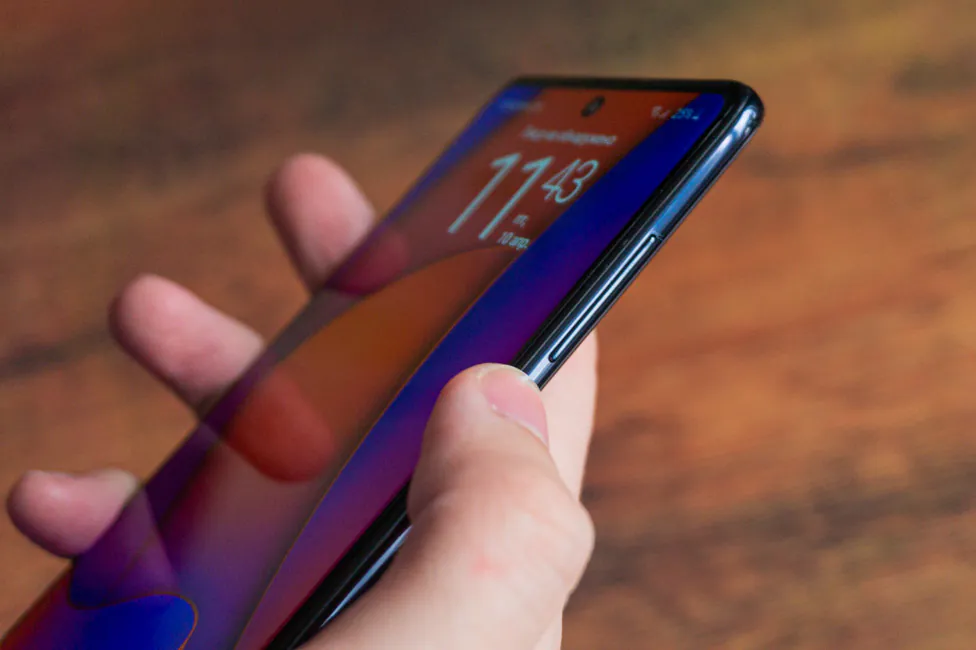
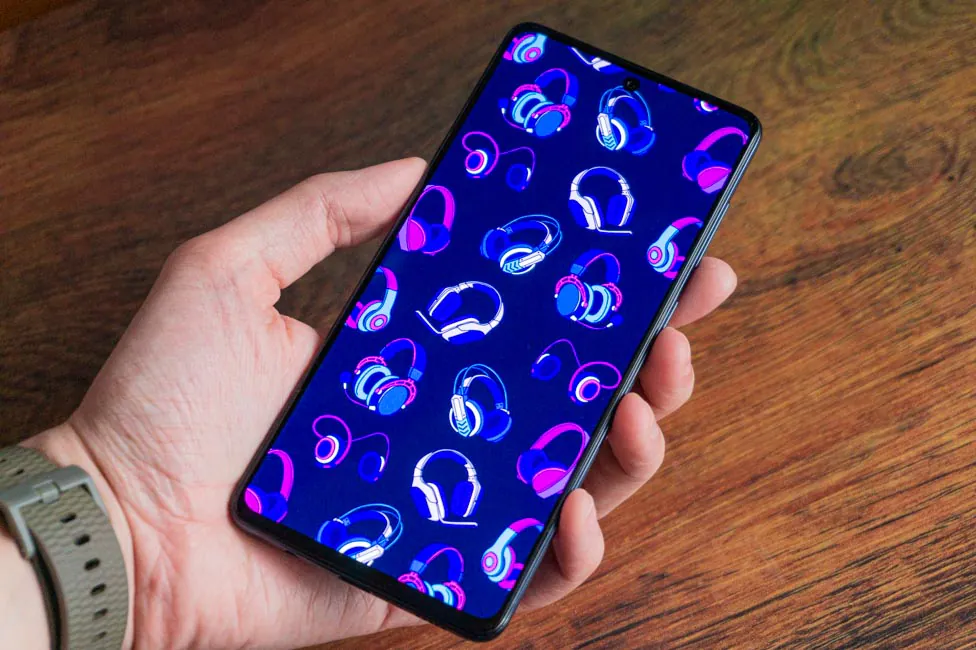
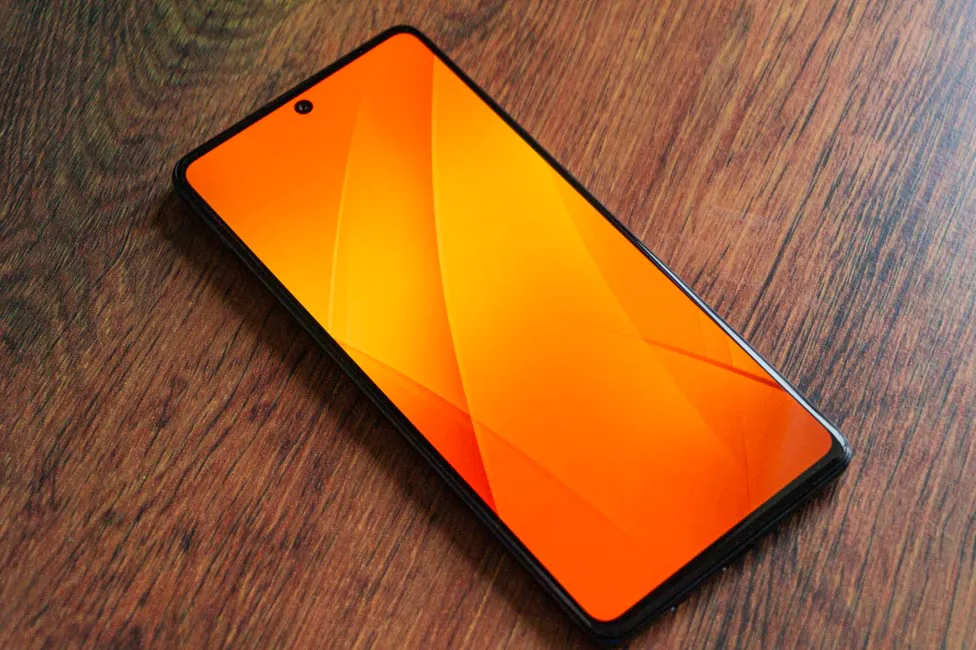
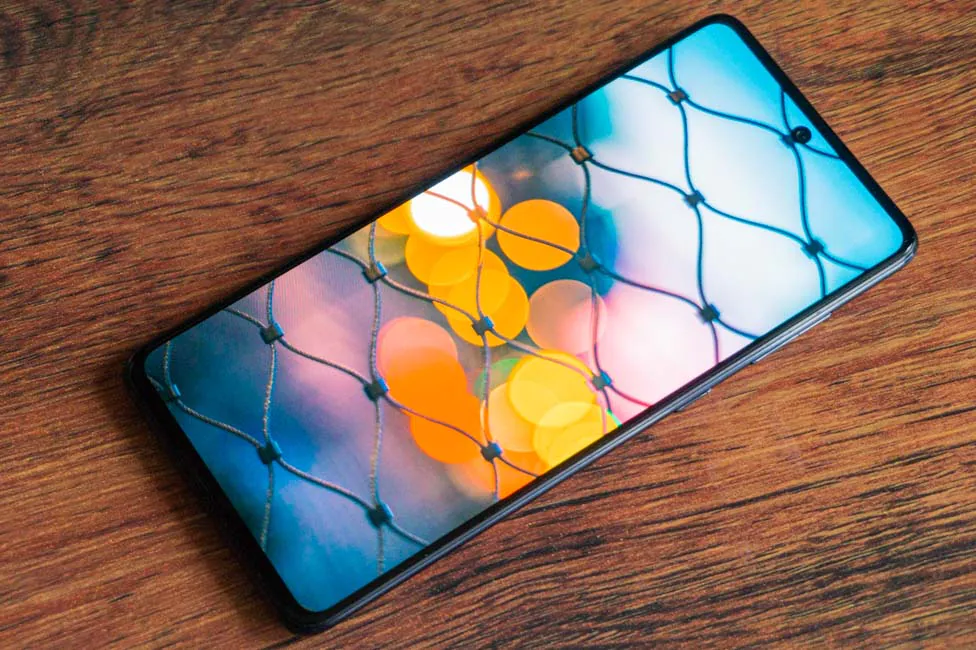
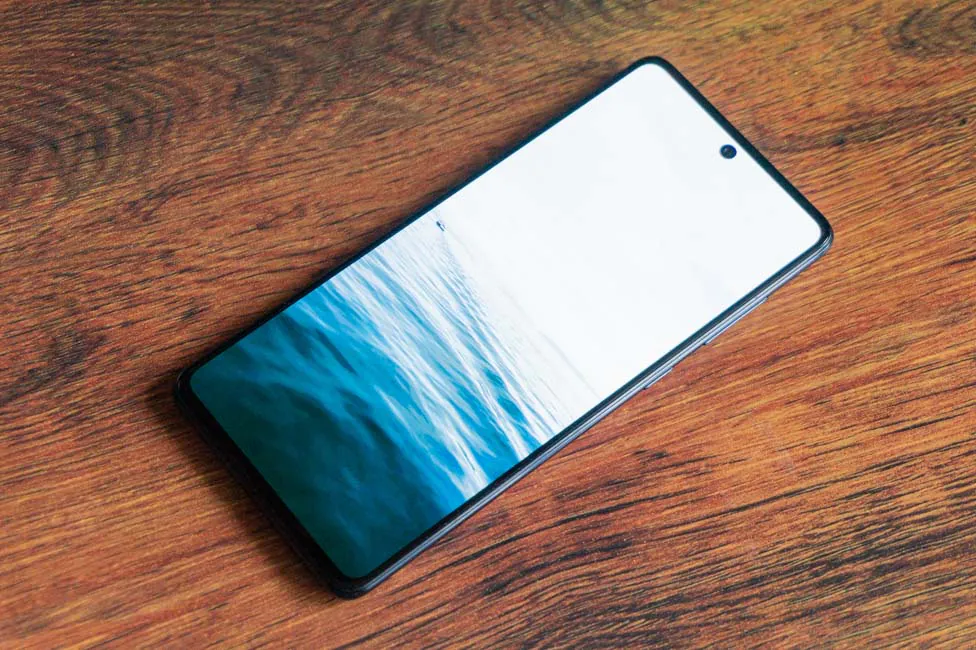










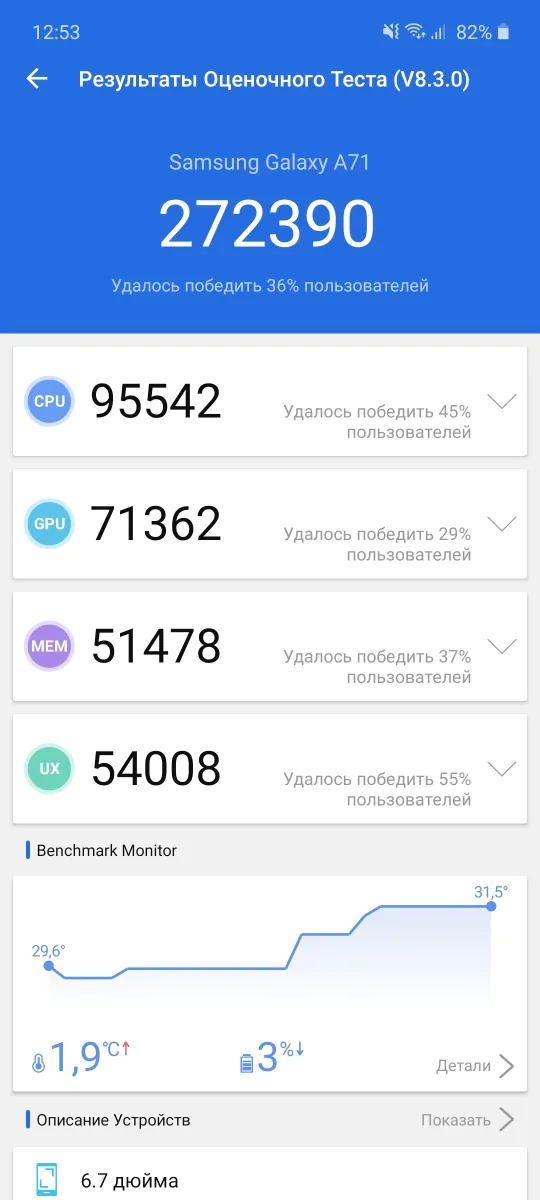
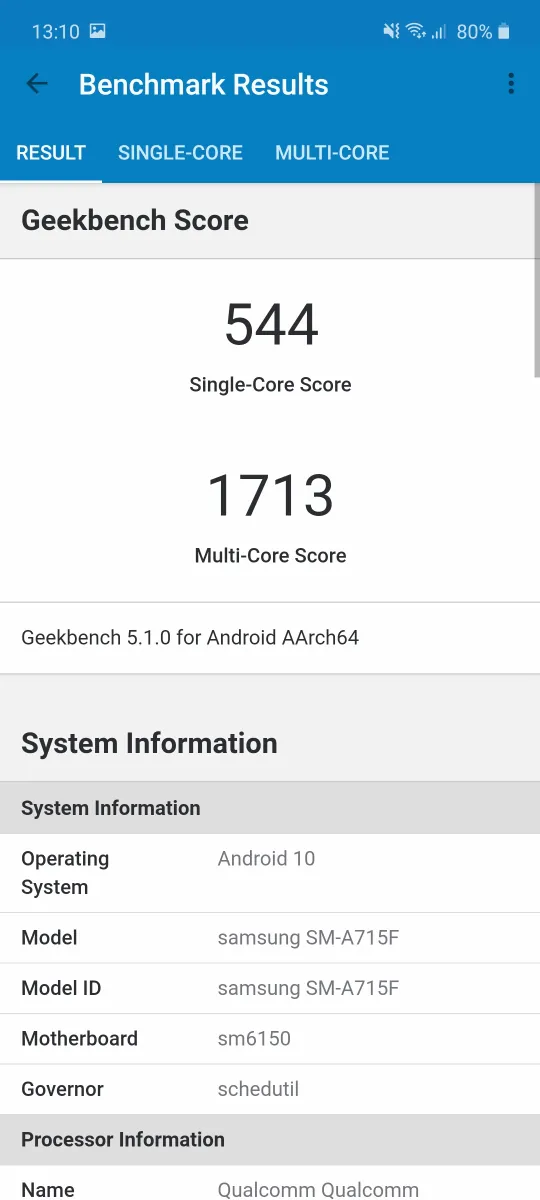
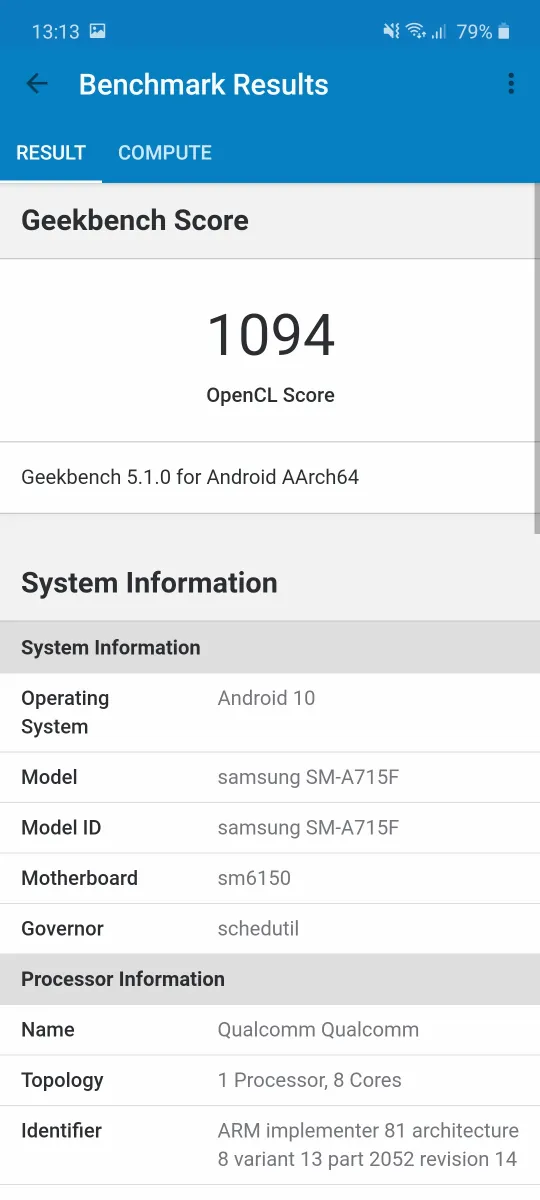
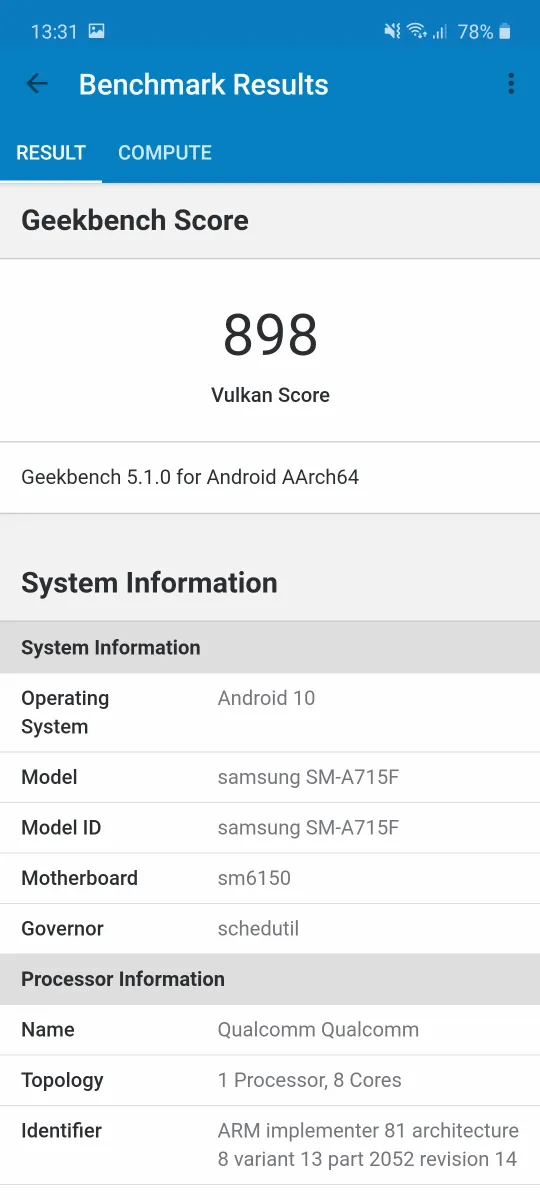
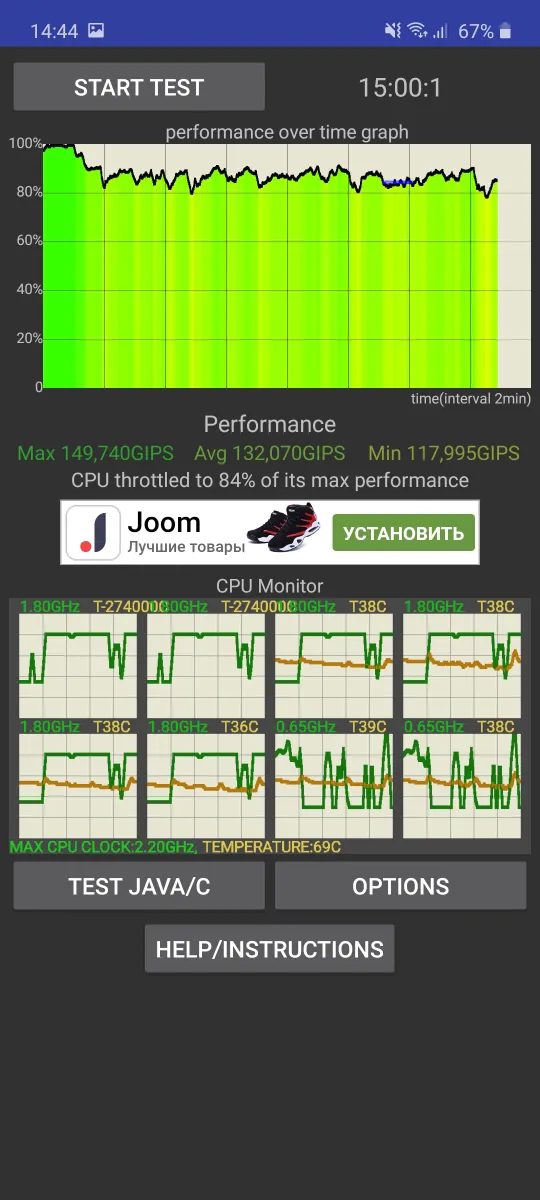
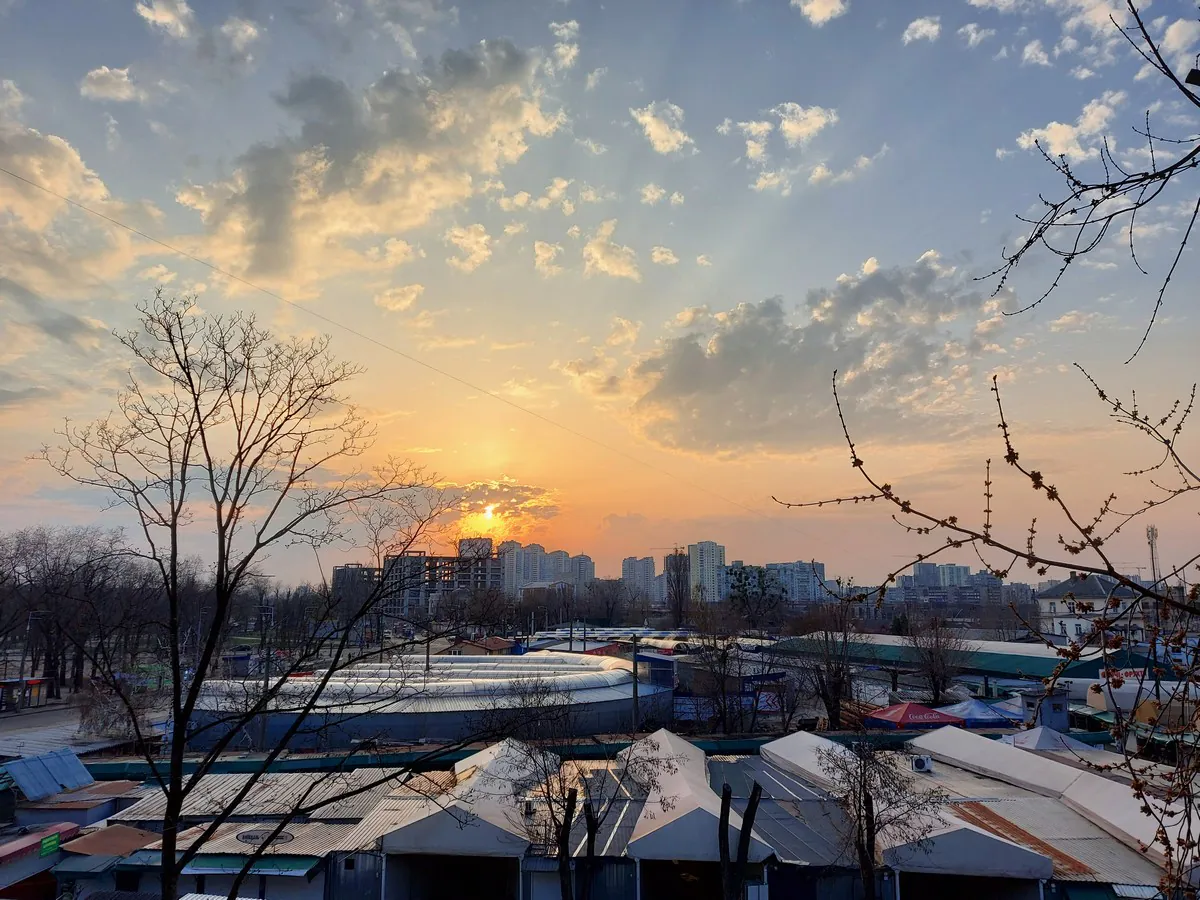
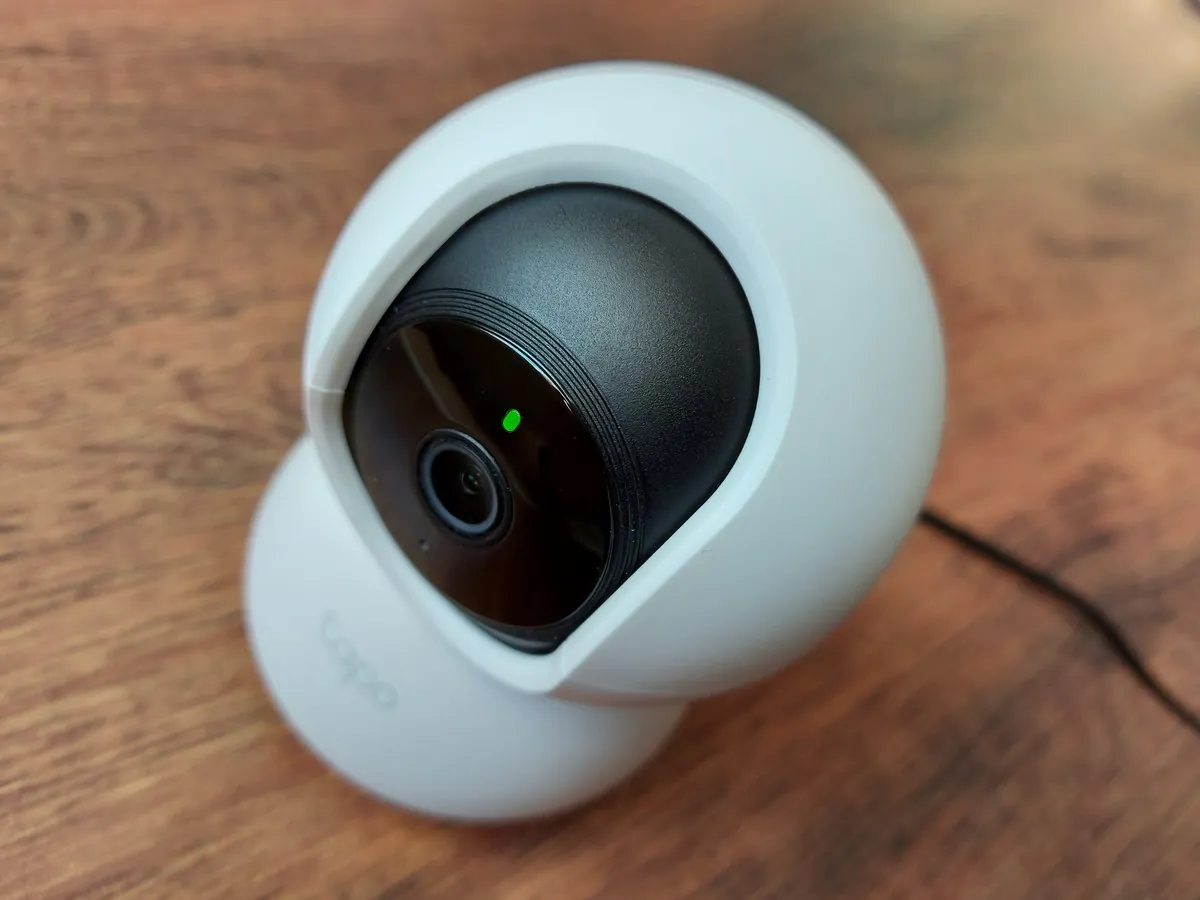
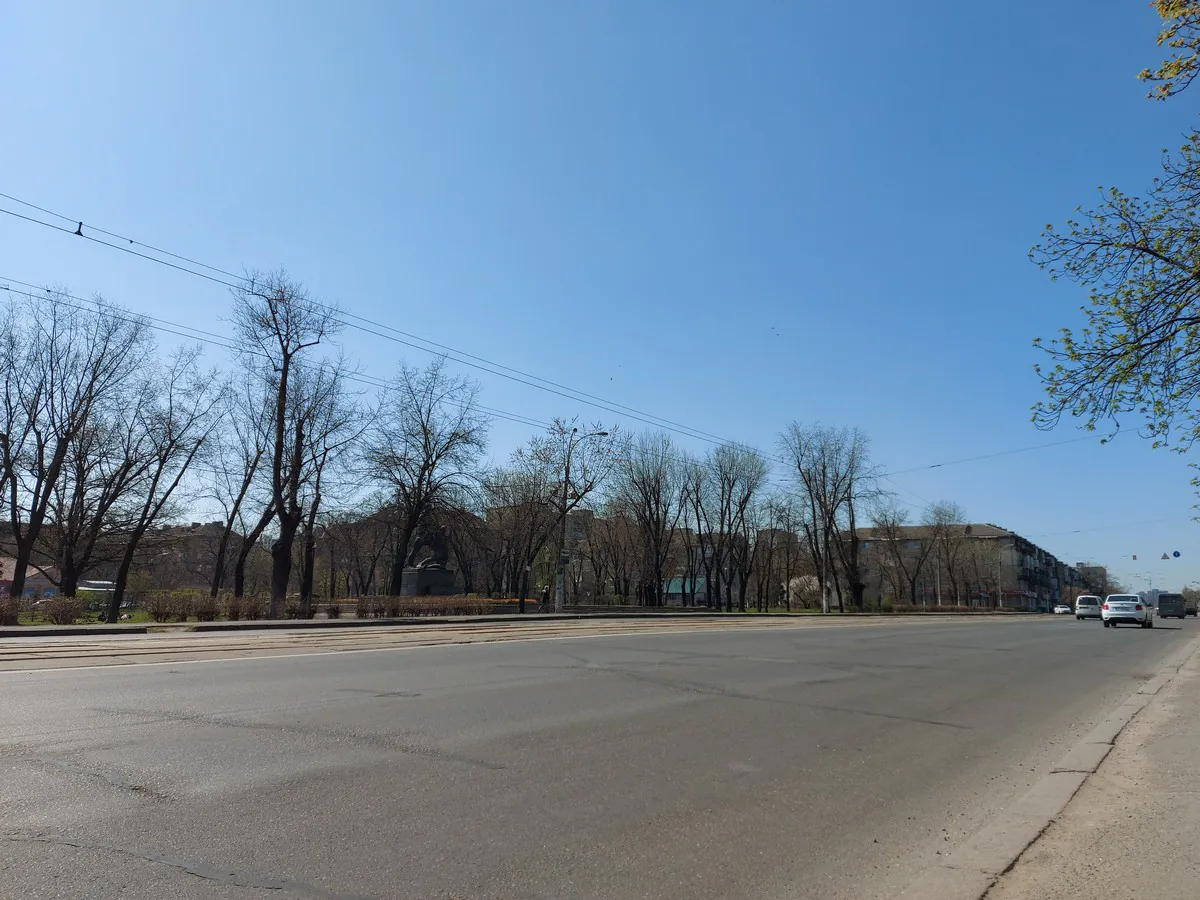
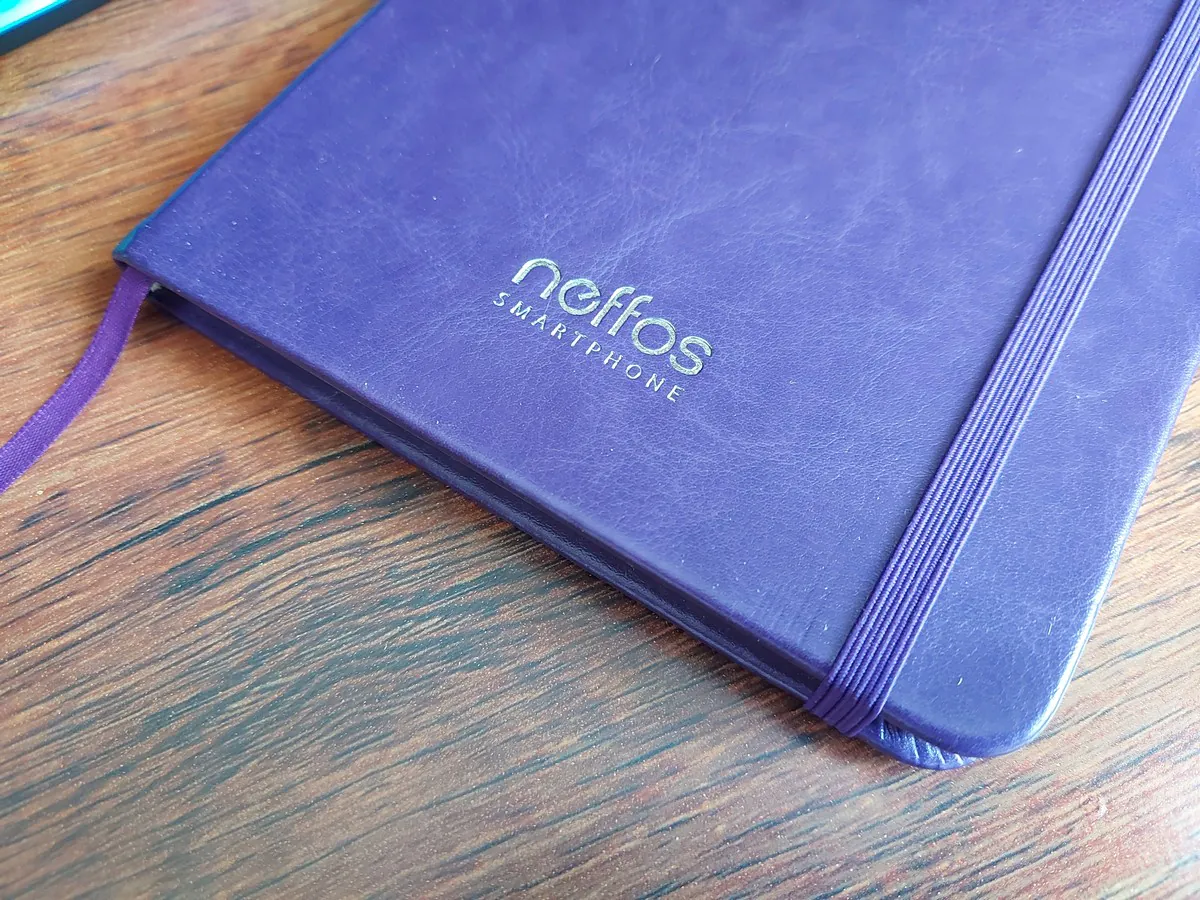
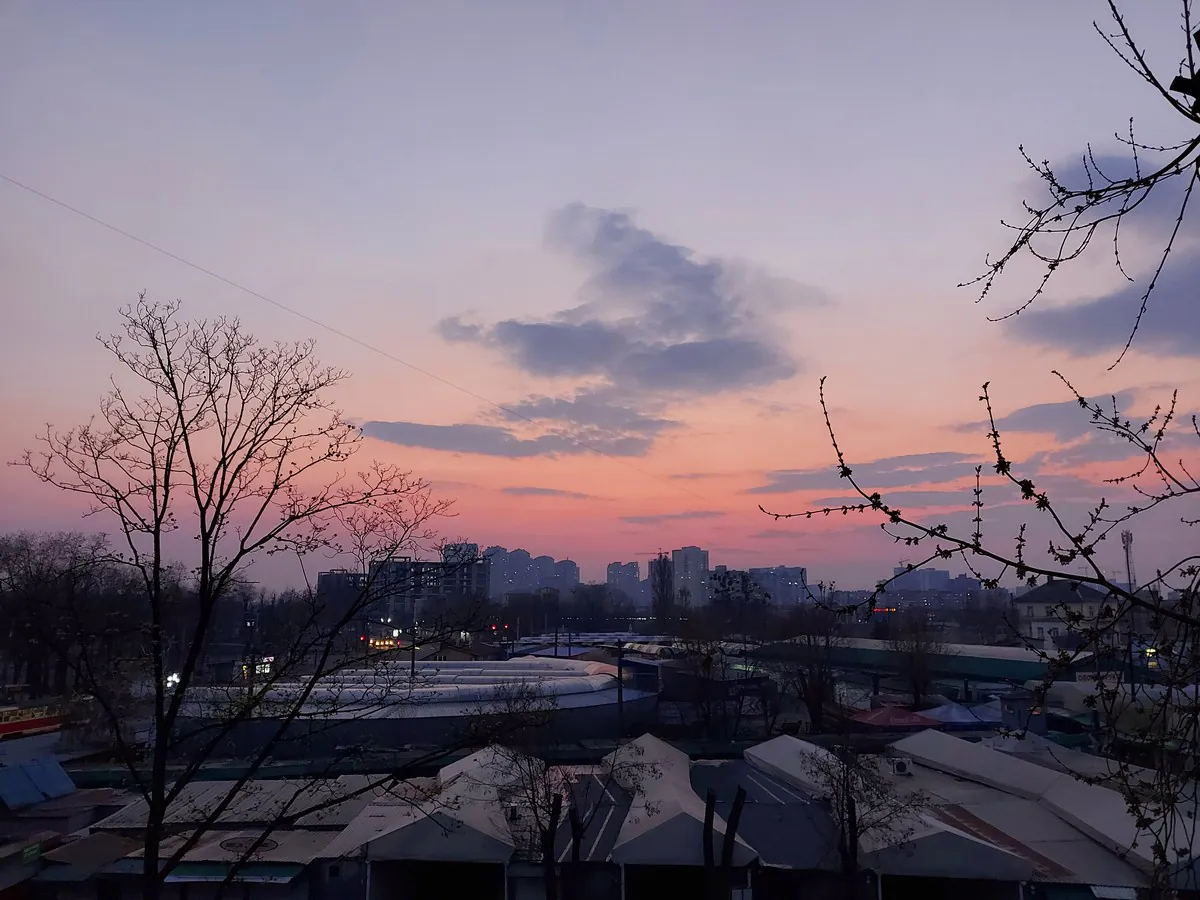
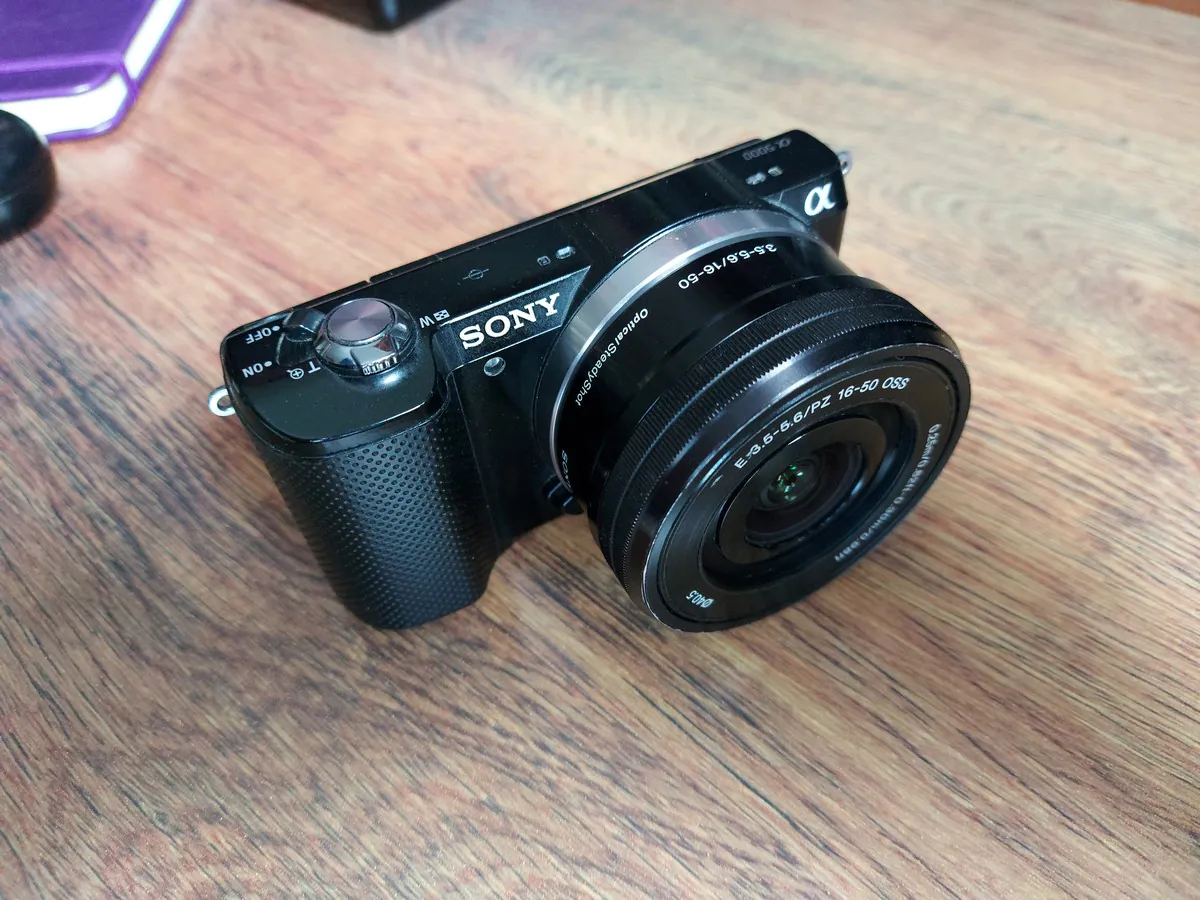
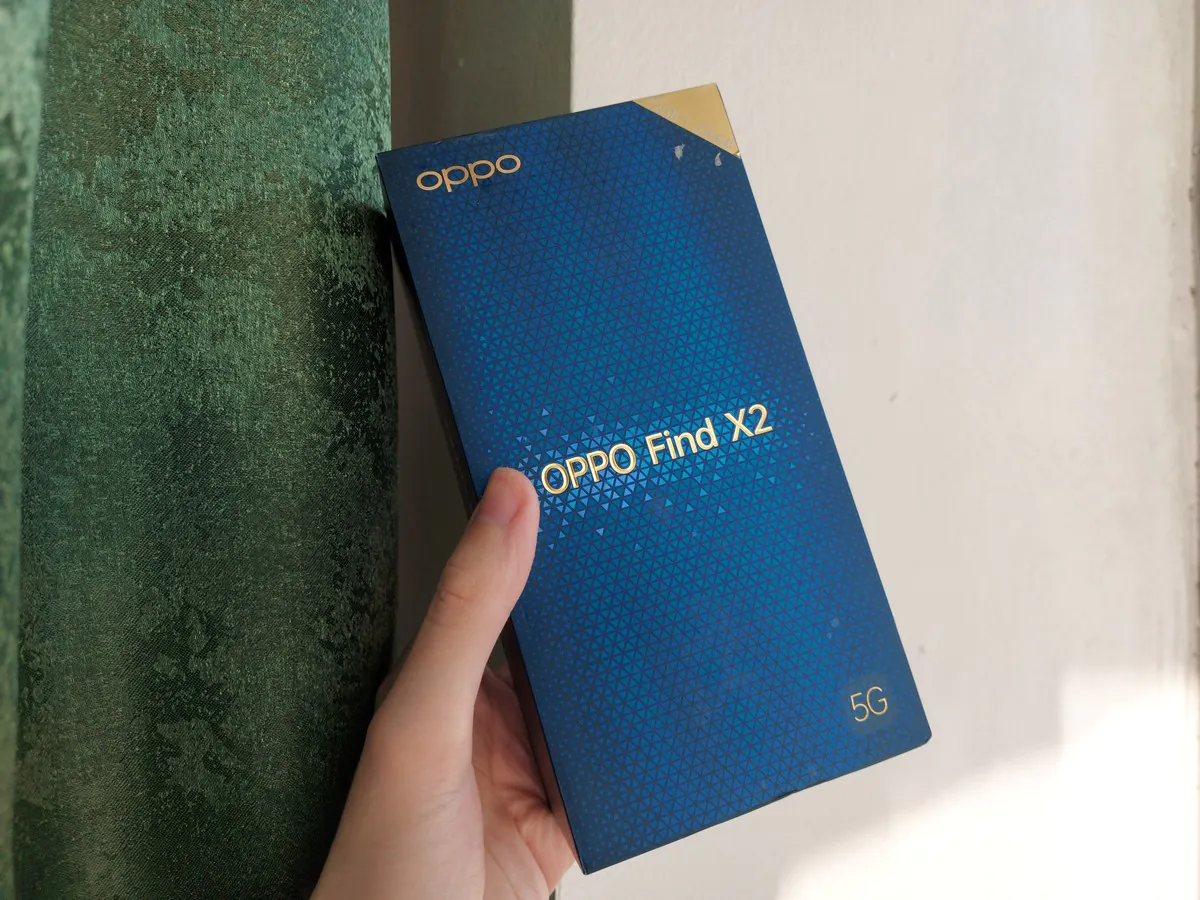

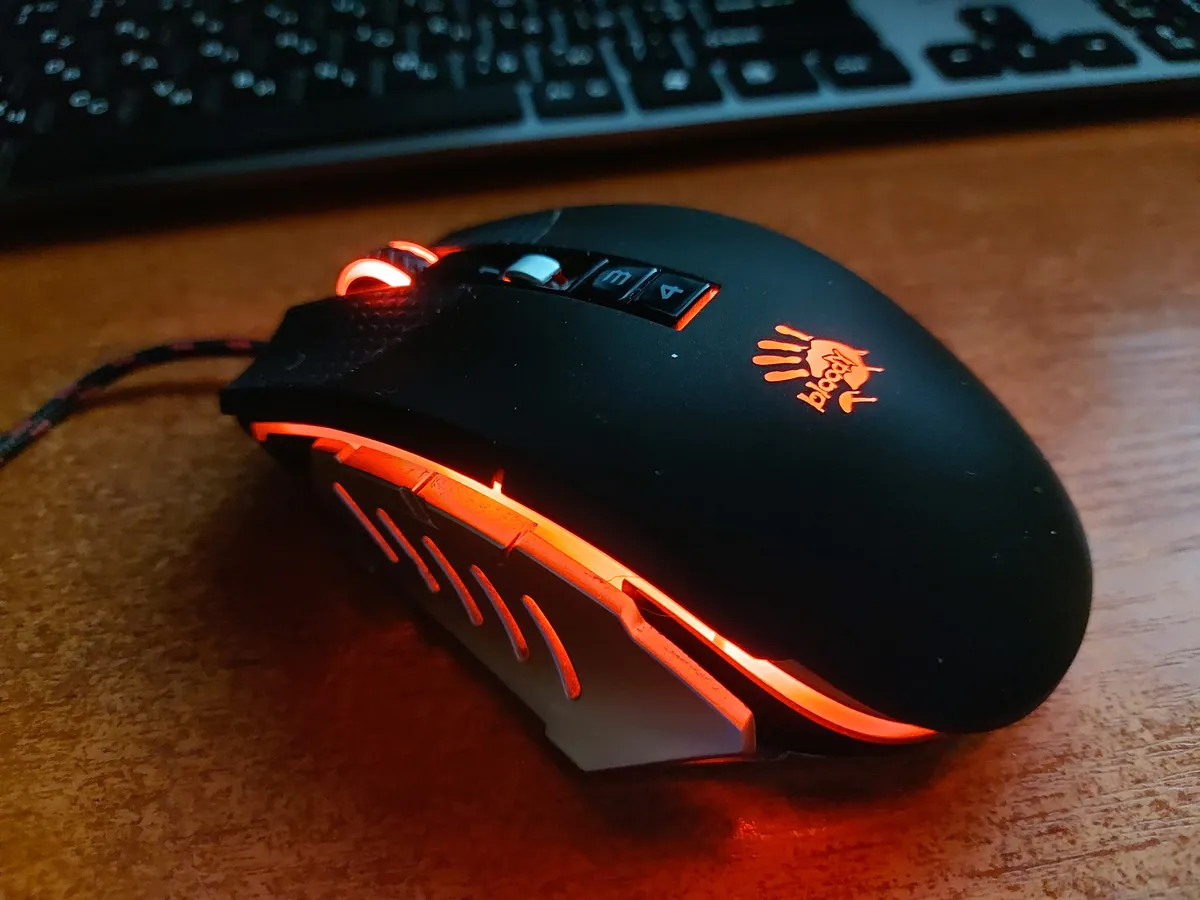
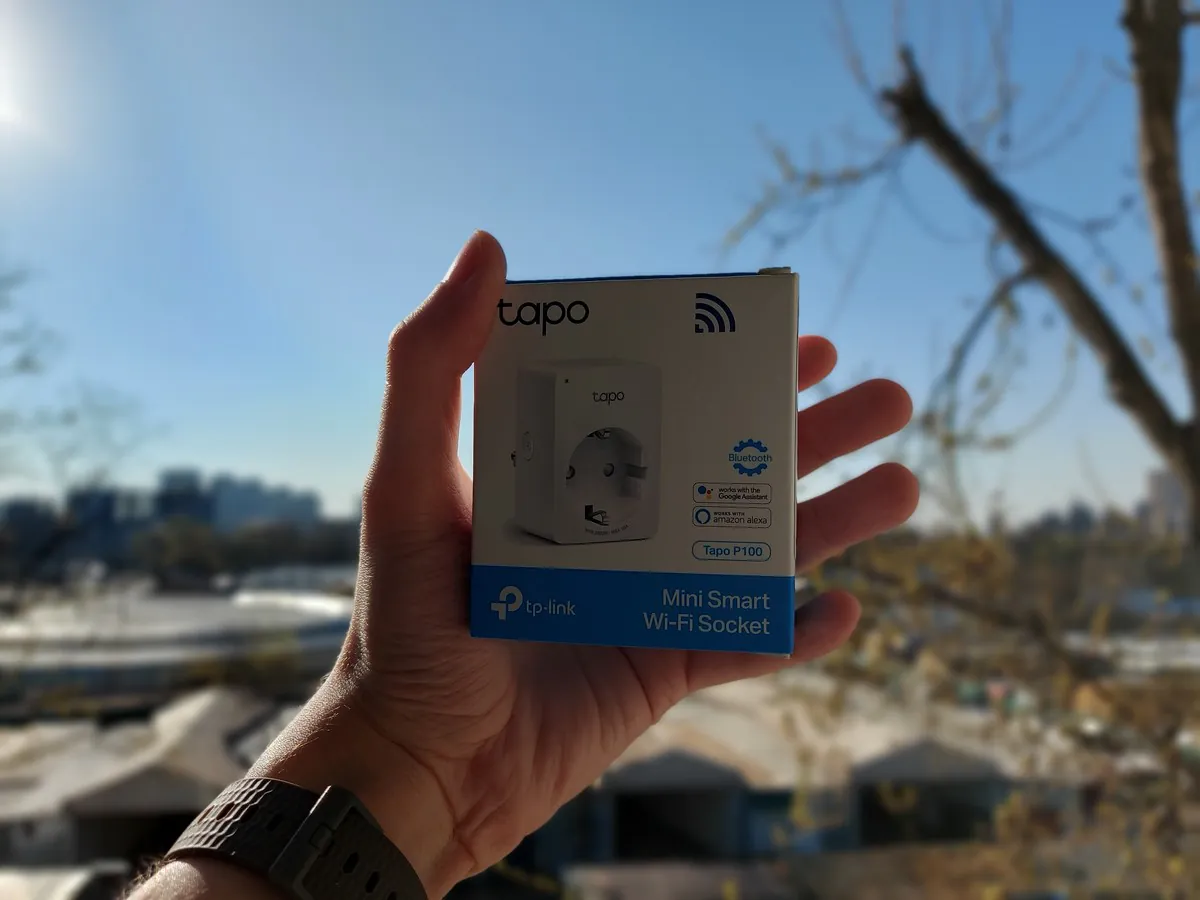
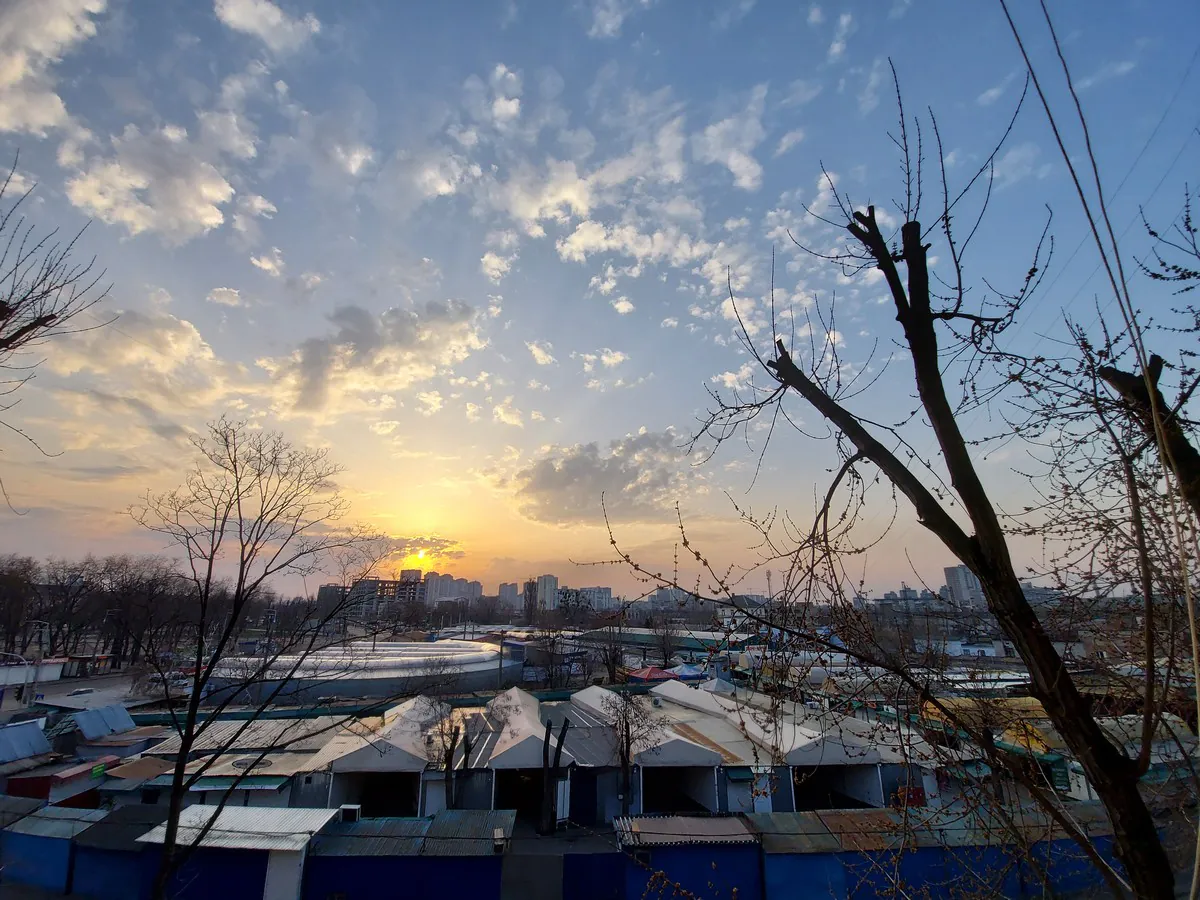
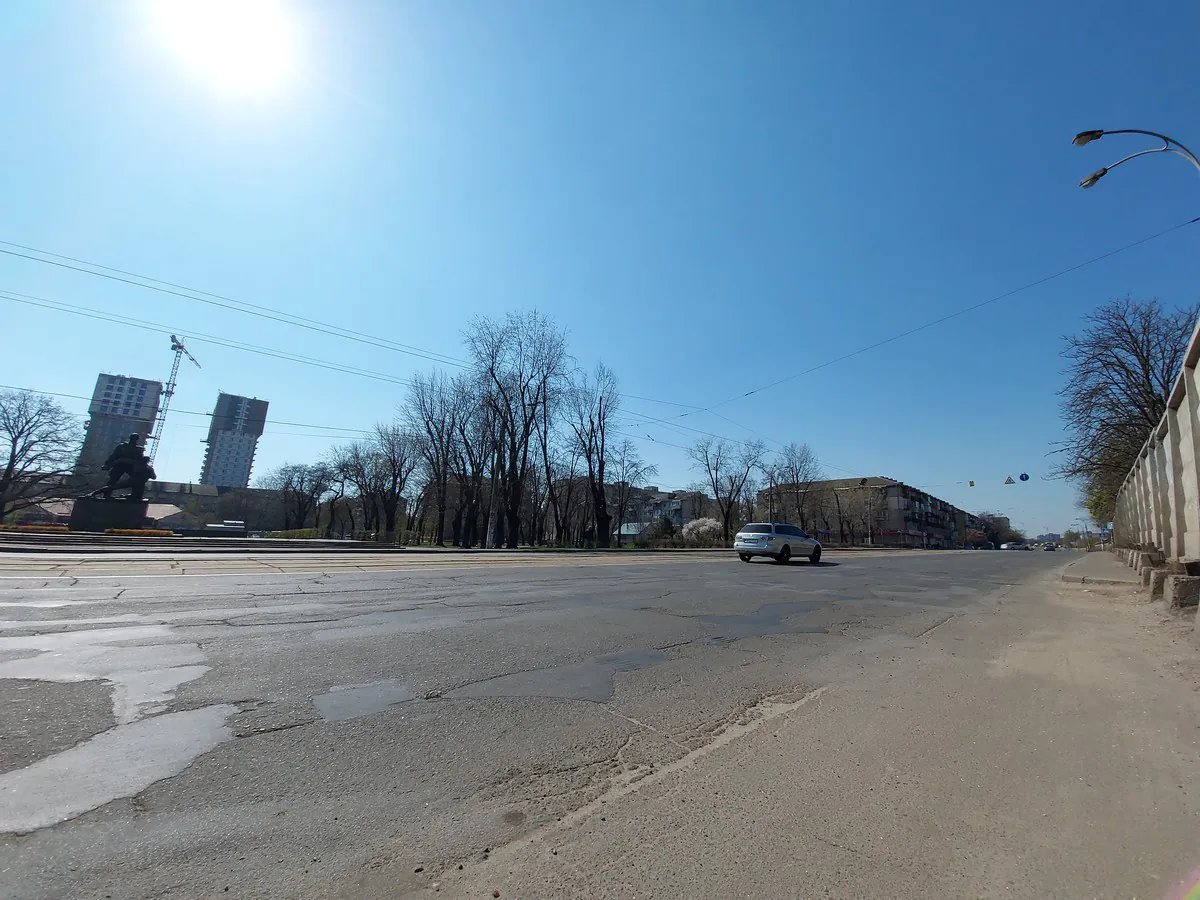




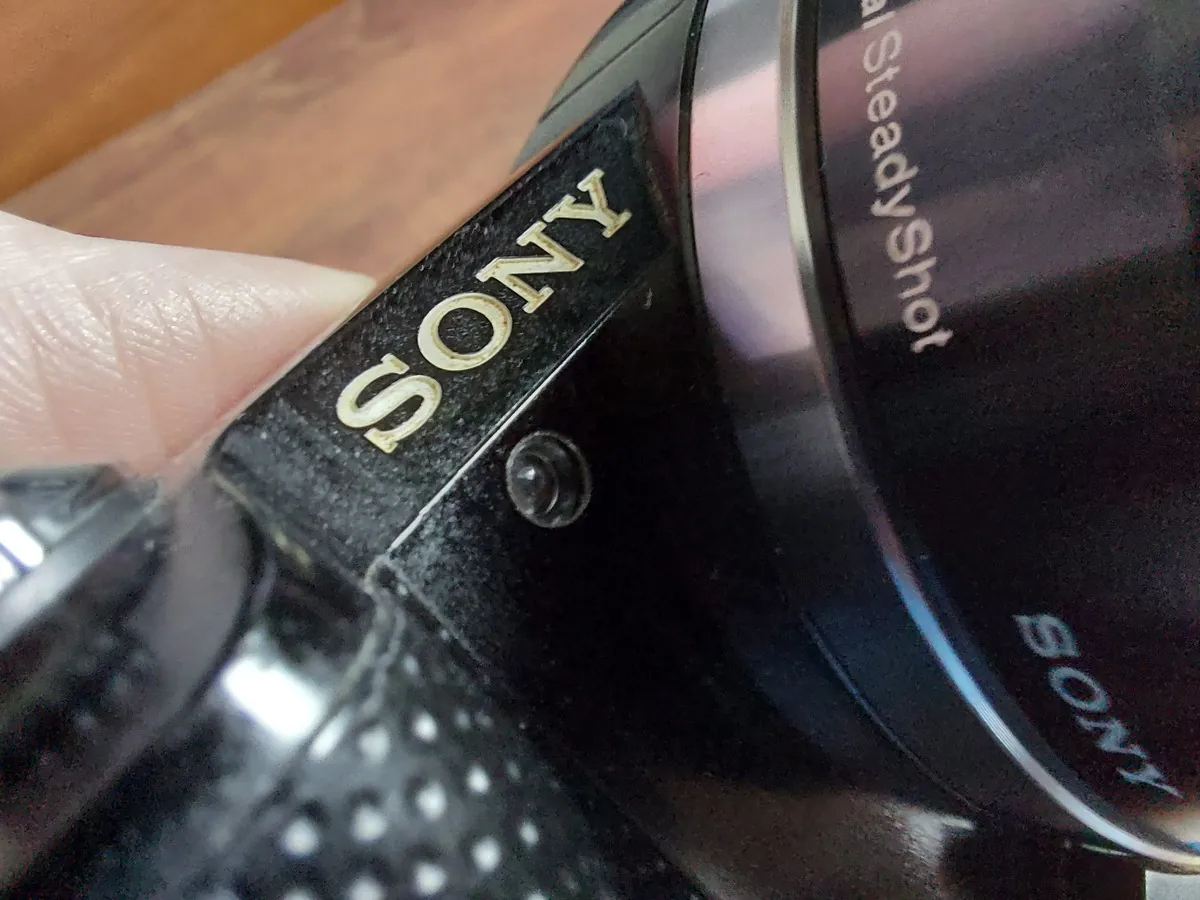
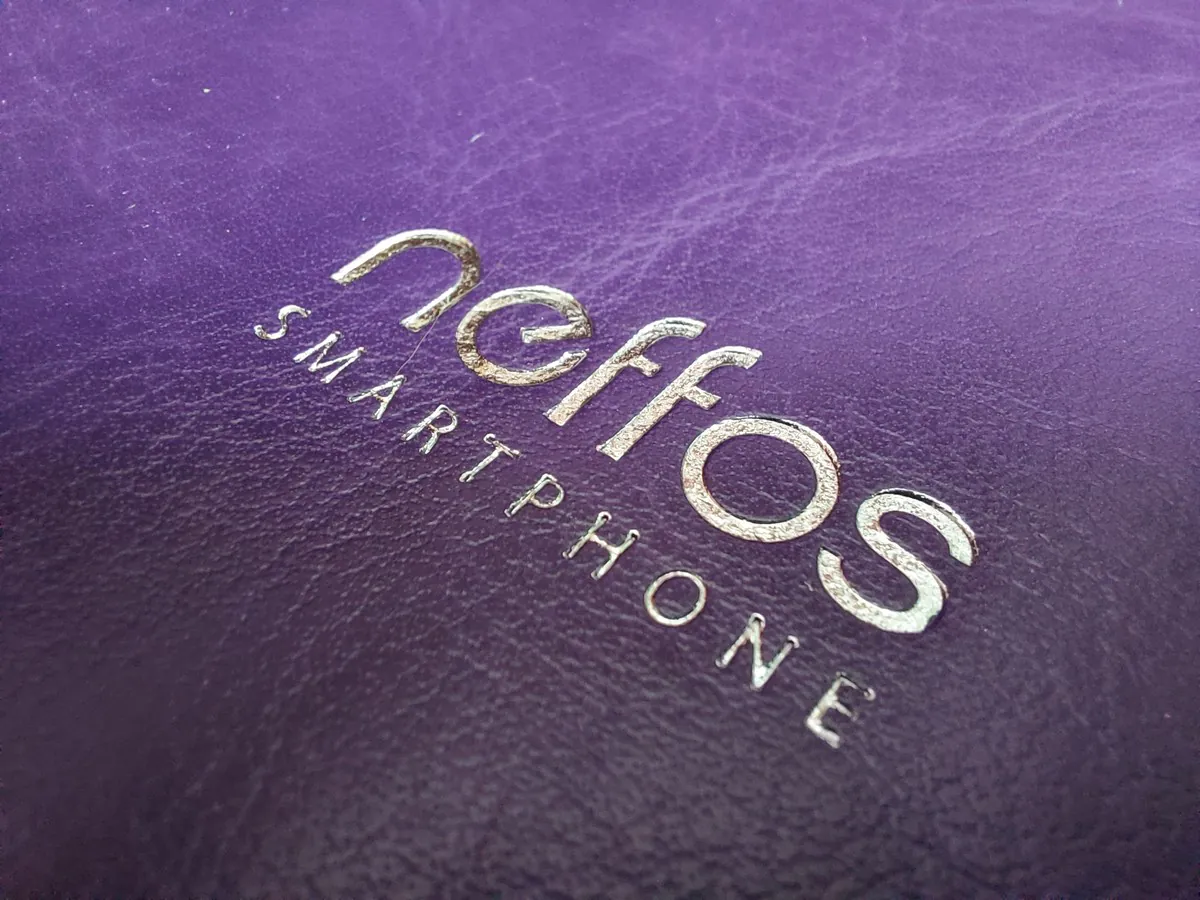





















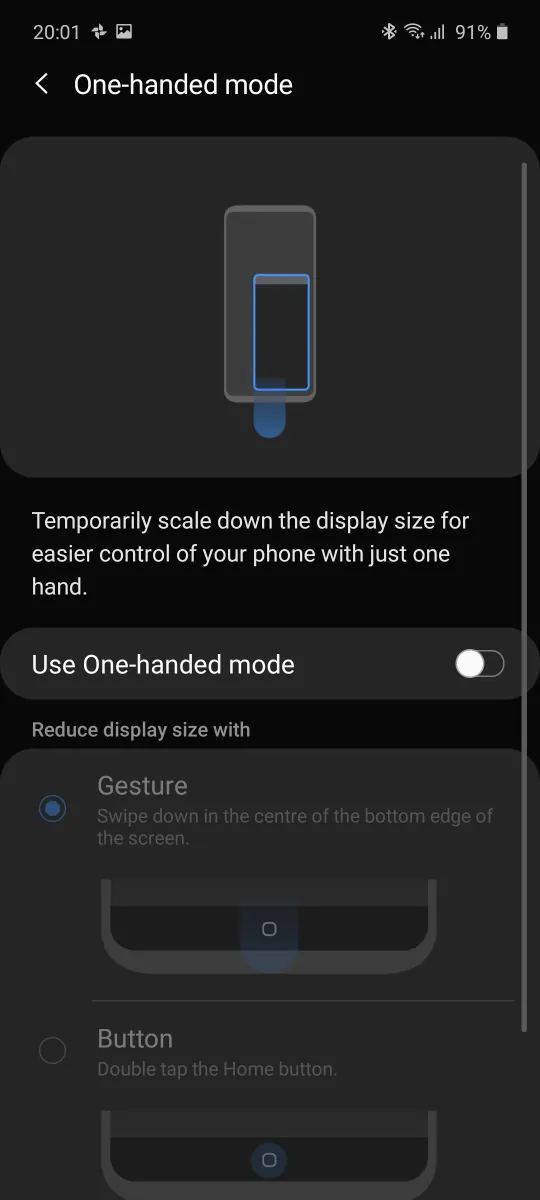



Hi
Great Review and I am getting one – my question is from a non-technical view point – as a black phone man for decades should I go for the Silver or Blue ?
For Prism Colors Black just looks boring but I don’t want it over stated as the older guy and wondering is the silver too much and the blue too pink ?
This is definitely a “question for myself” :) We cannot help choosing a color. Try to watch live in the store and choose an option.
Thank you for your reply.
It’s a shame I can’t check the actual machine, but I understand.
If you’re next to review a device with a display that bears the Super AMOLED Plus name, please do so!
Next time be sure to check ;)
Nice to meet you. First of all, I am using a translation software and there may be some strange sentences. I’m sorry.
I was wondering if the display on the Galaxy A71 is different from the previous Galaxy phones and it is not a pentil array but an RGB array and I found this review.
It is different from Super AMOLED, because it is named Super AMOLED Plus, which is given to the display of RGB array, according to Samsung’s official website.
If that’s the case, then it makes sense that it’s 6.7 inches and FHD+, but still very beautiful.
I’ve looked at various reviews to find the answer to this, but I’m stumped that there’s nothing written about it at all.
All you have to do is magnify the screen with a microlens.
Would you be interested in examining the display array?
Translated with http://www.DeepL.com/Translator (free version)
Hi! Thanks for your question. Screen without a pentile, at least as stated by the manufacturer. But we won’t be able to check, since we tested the smartphone and sent it to the Samsung representative 2 days ago :(